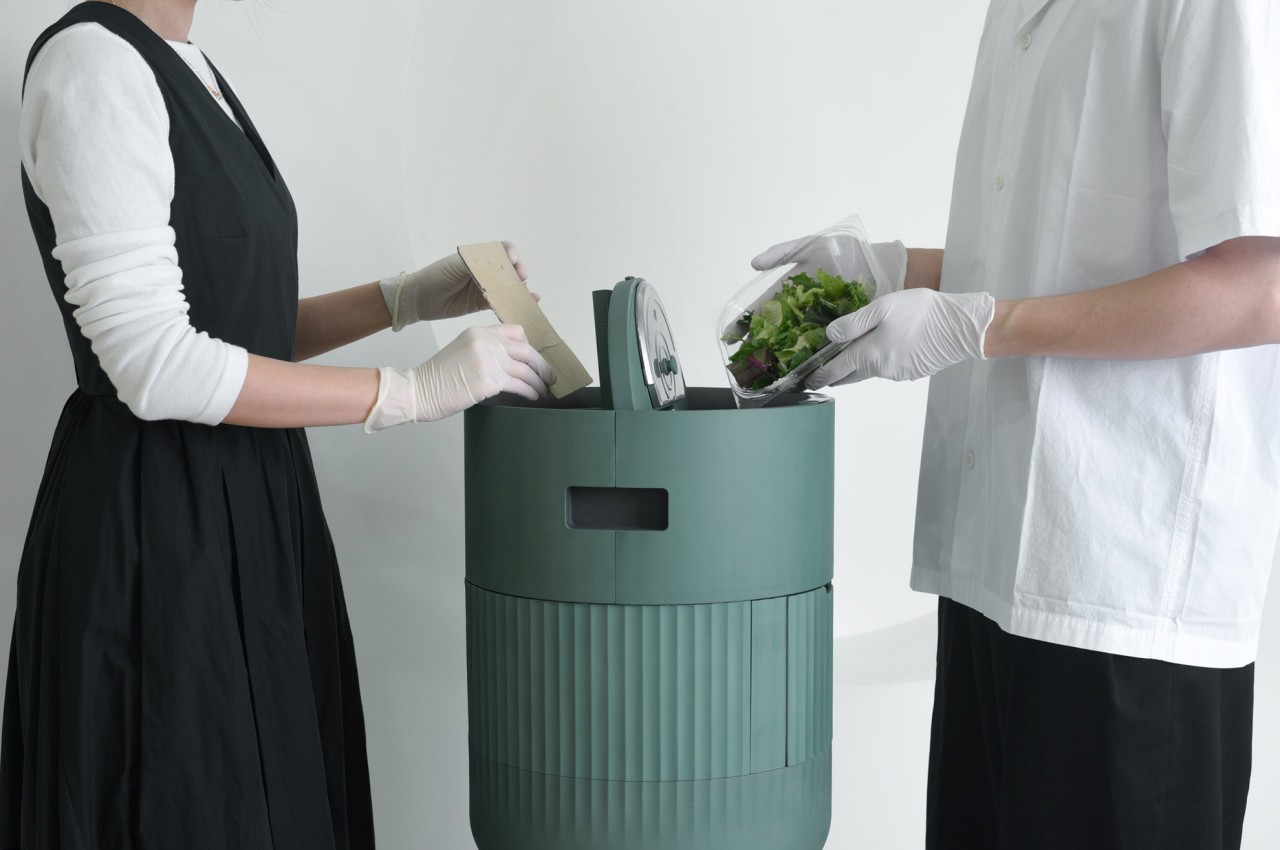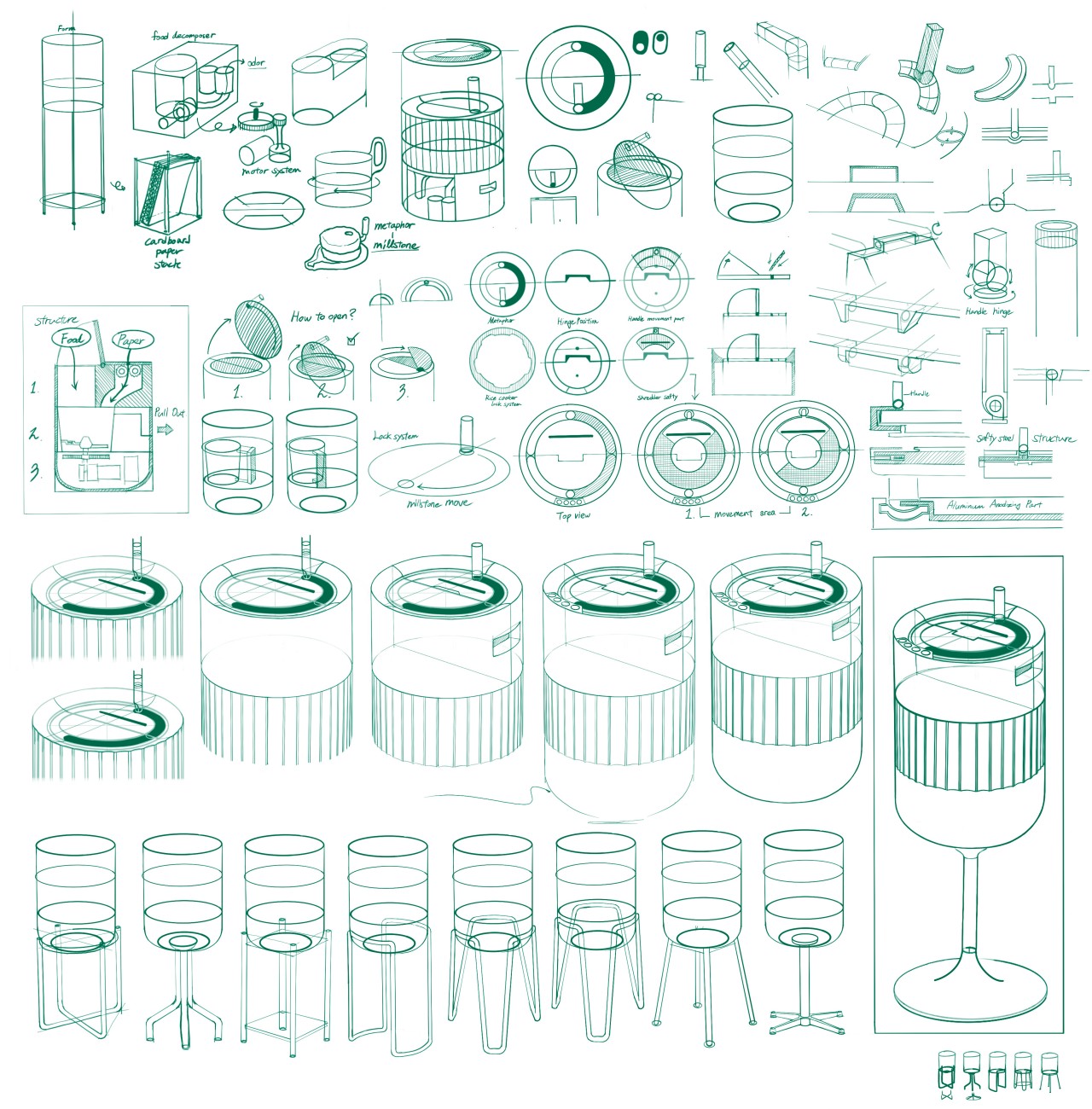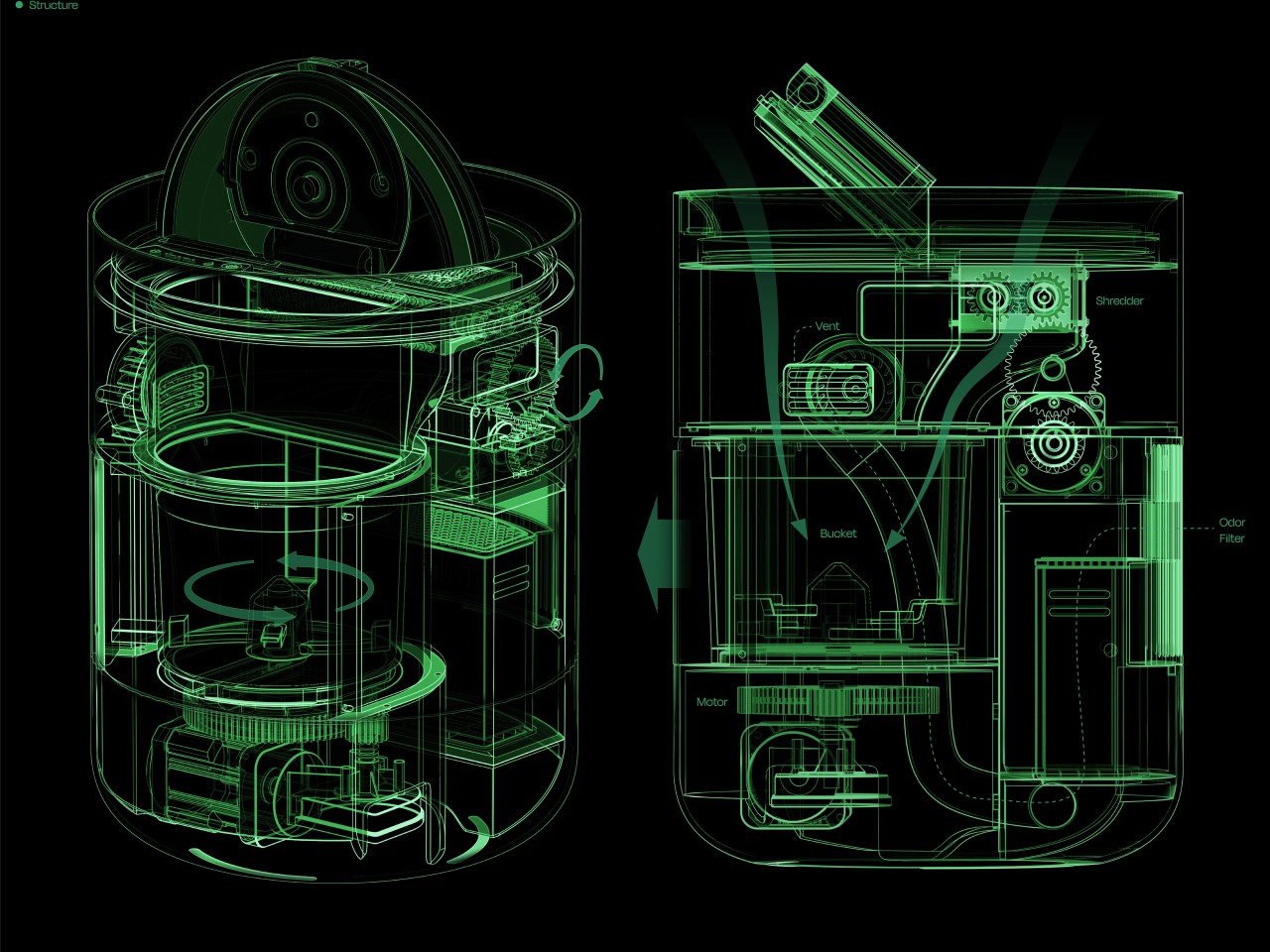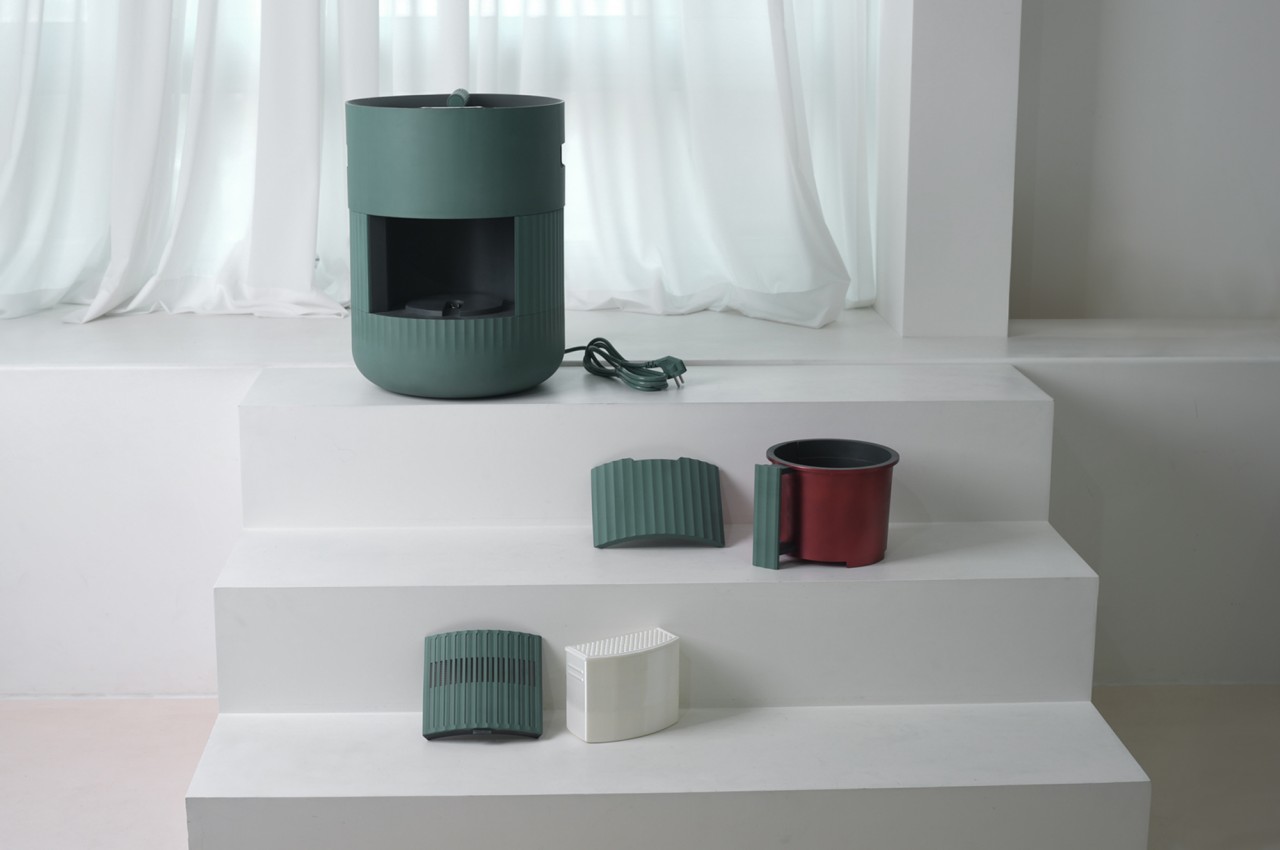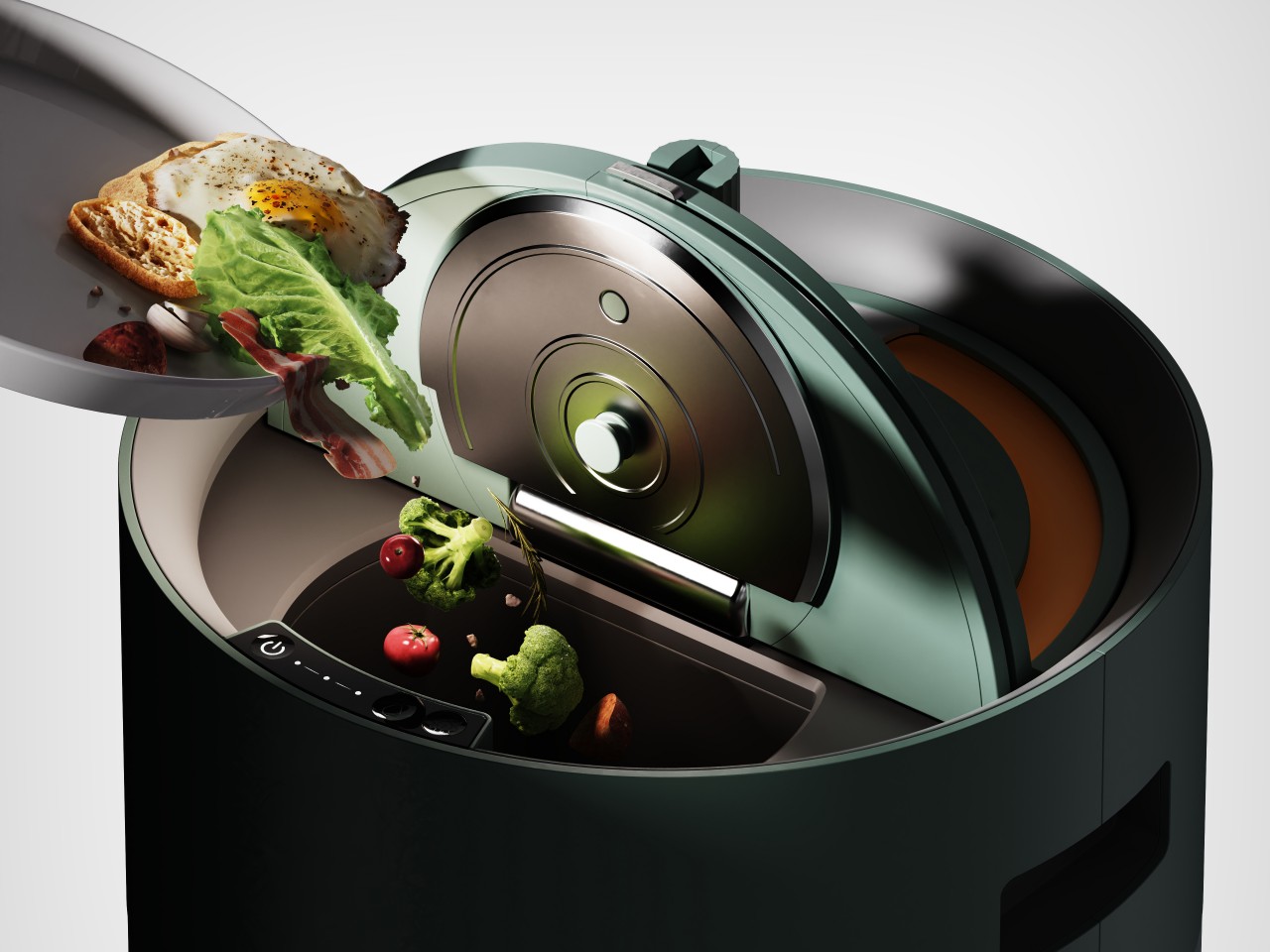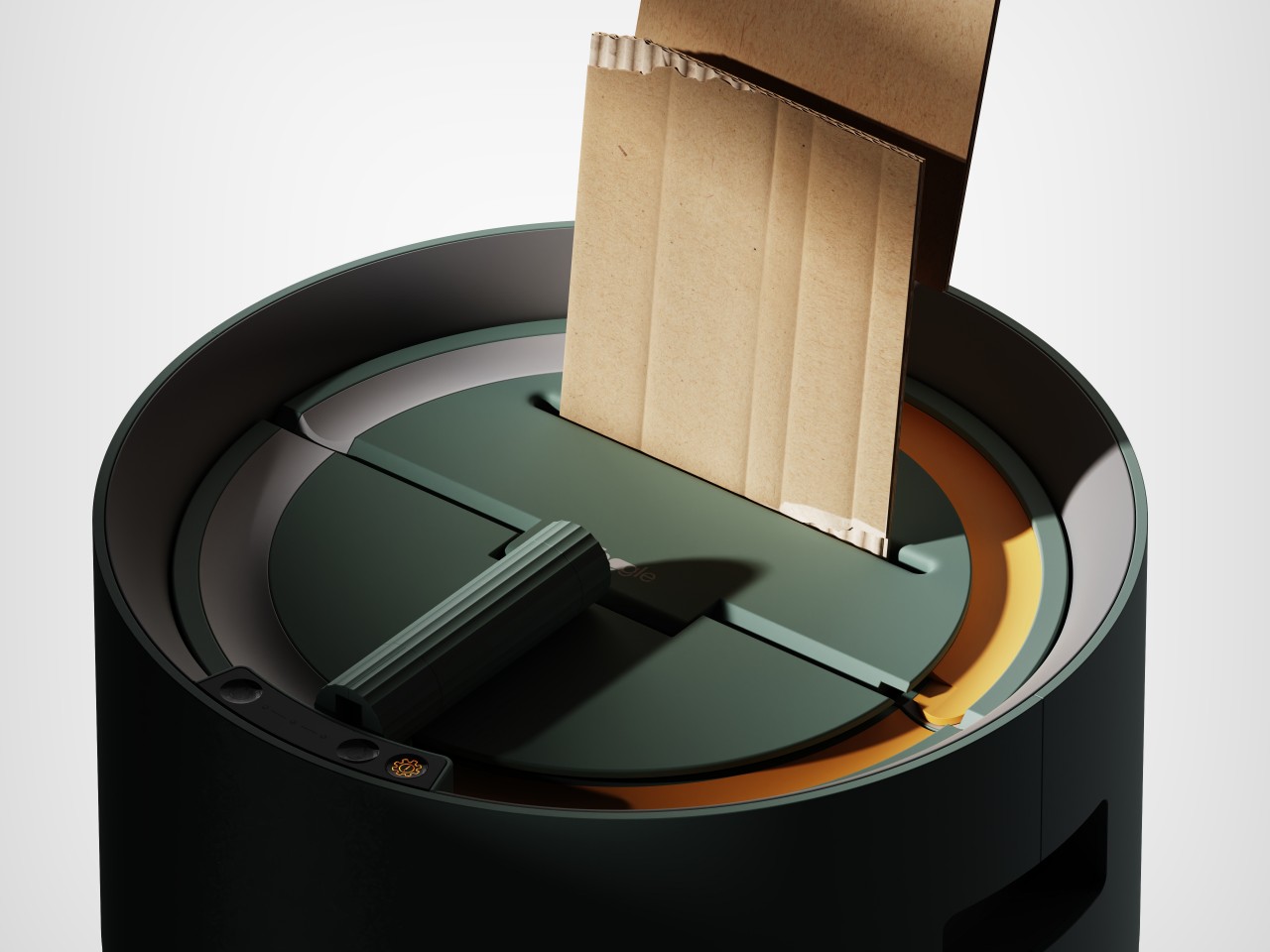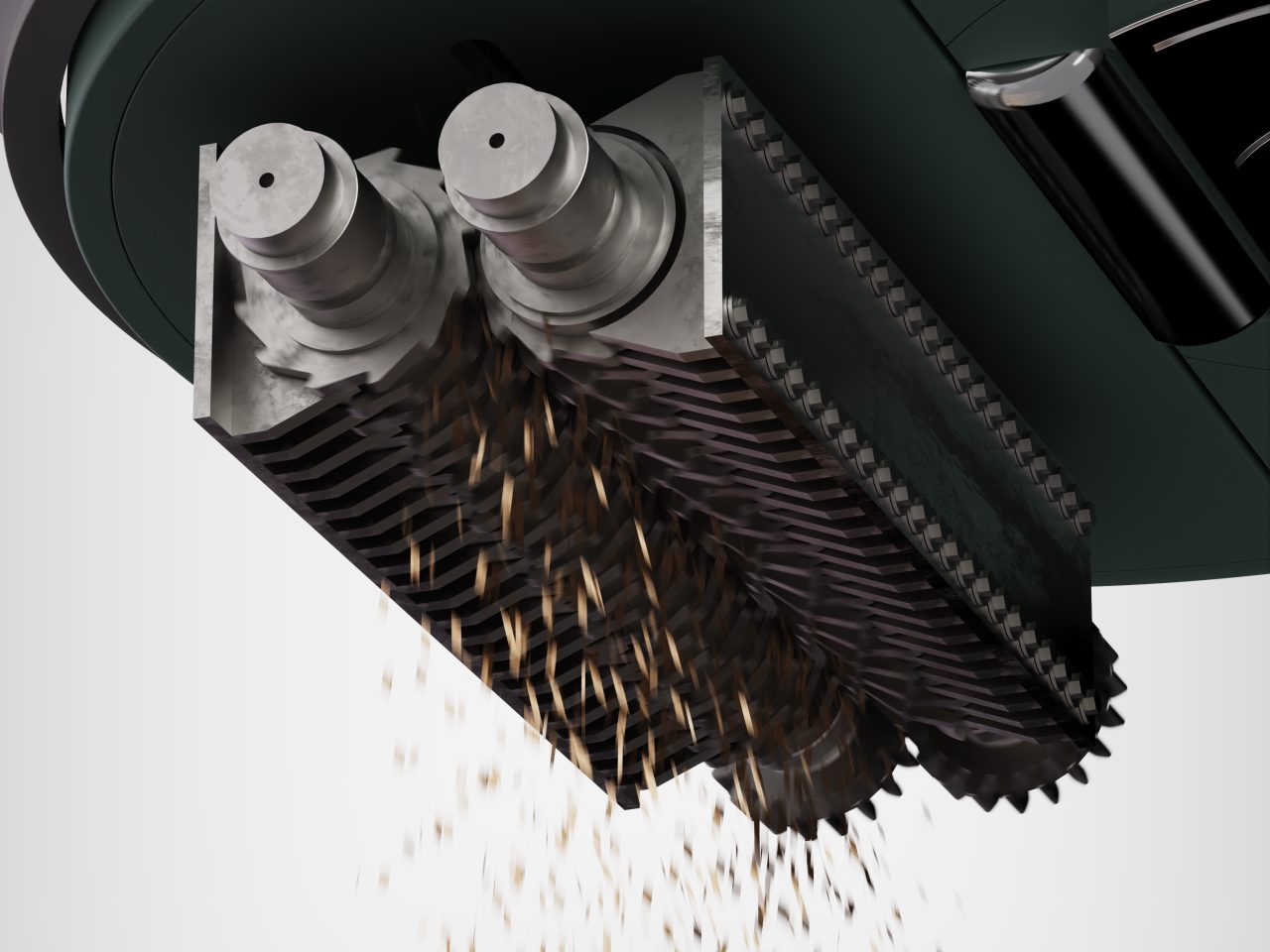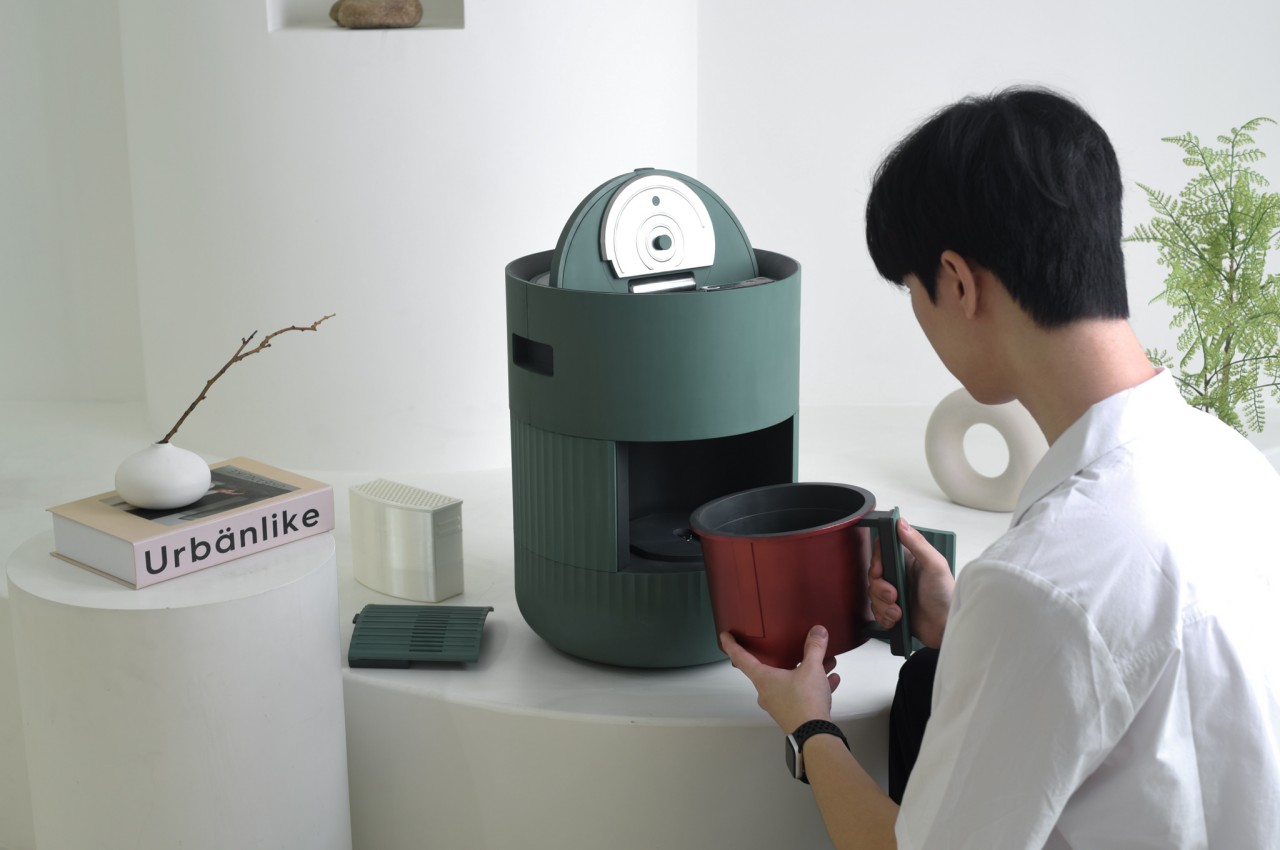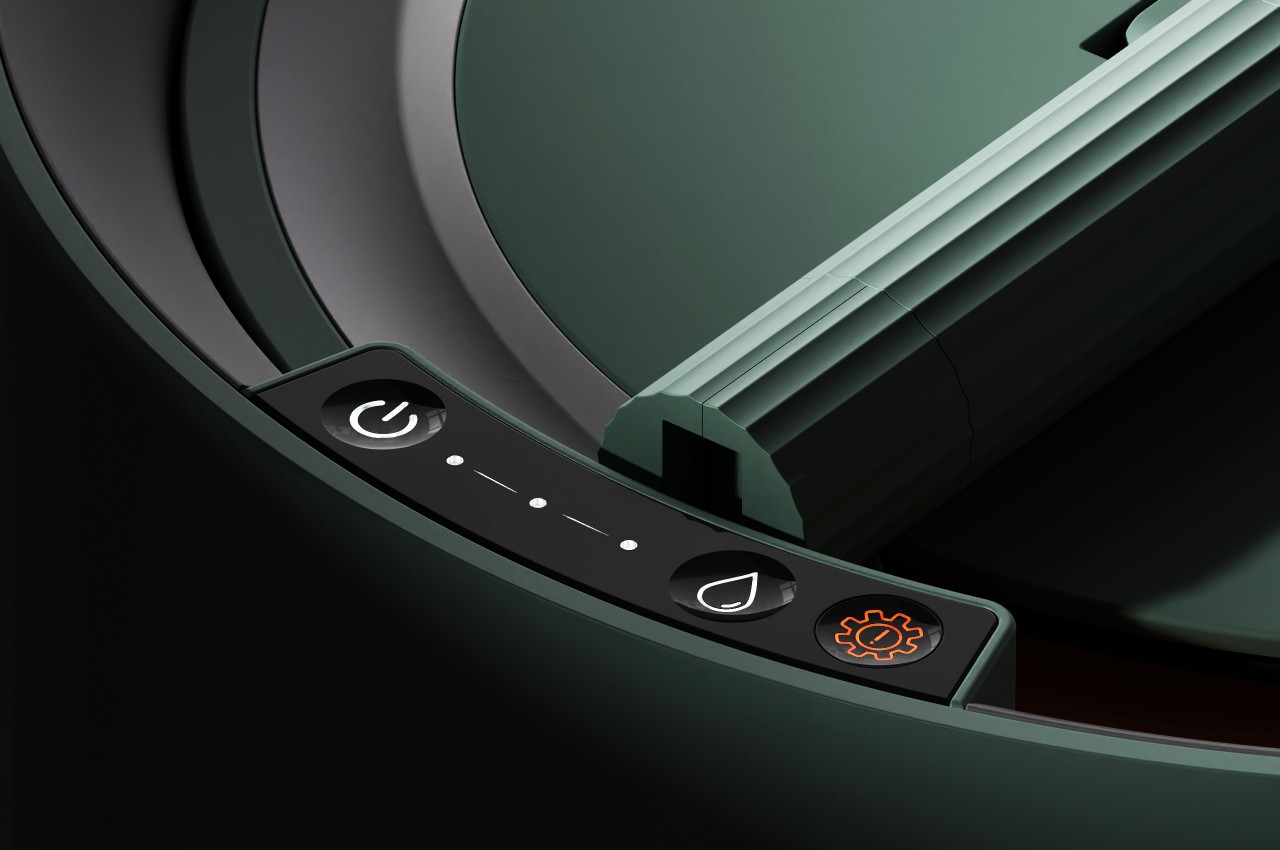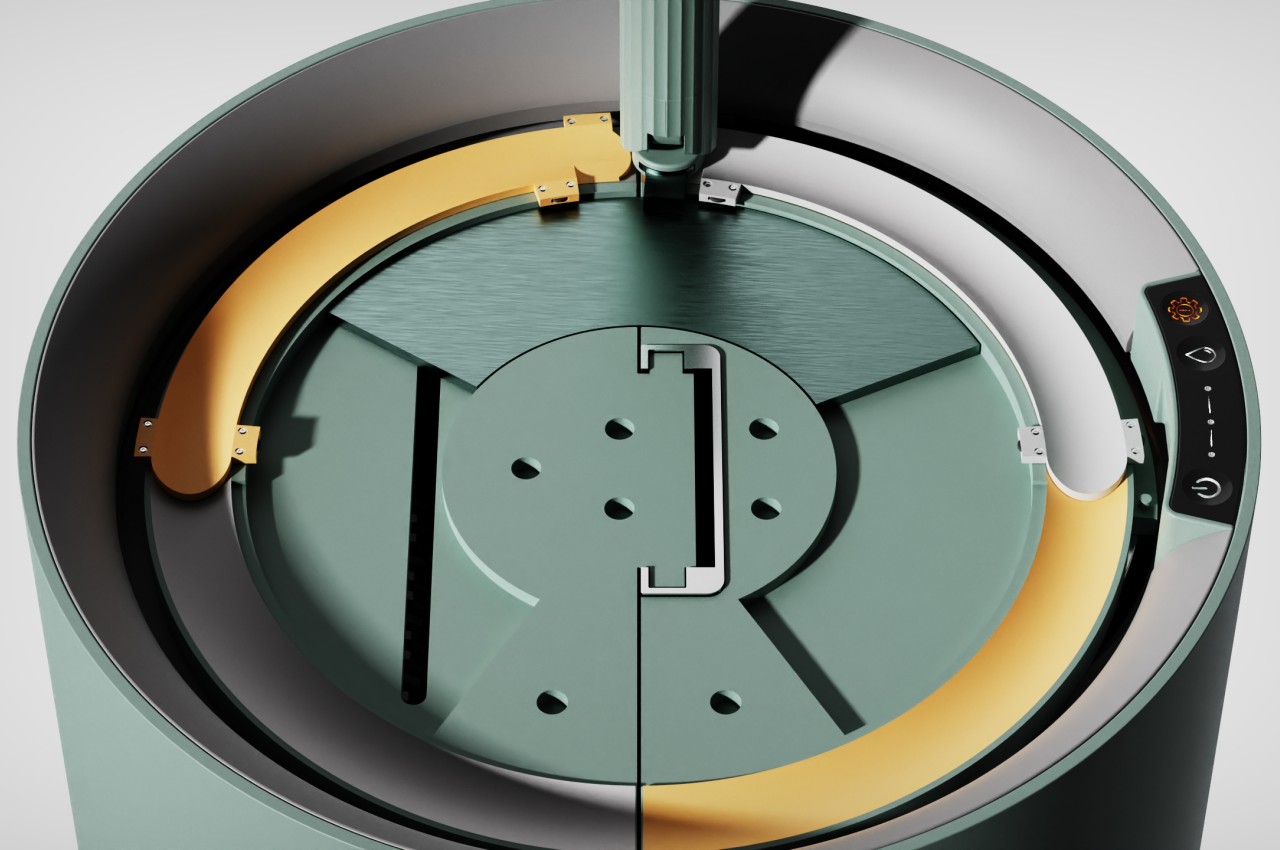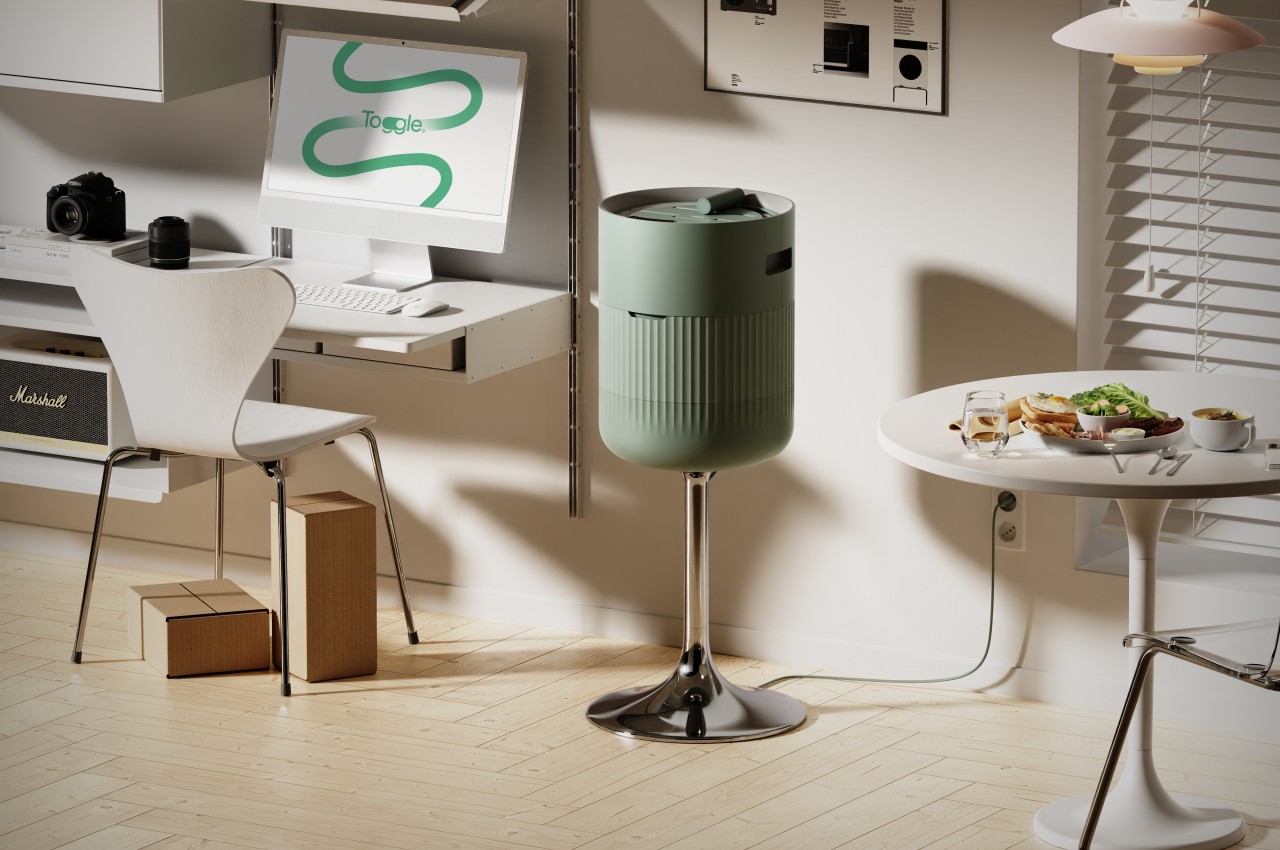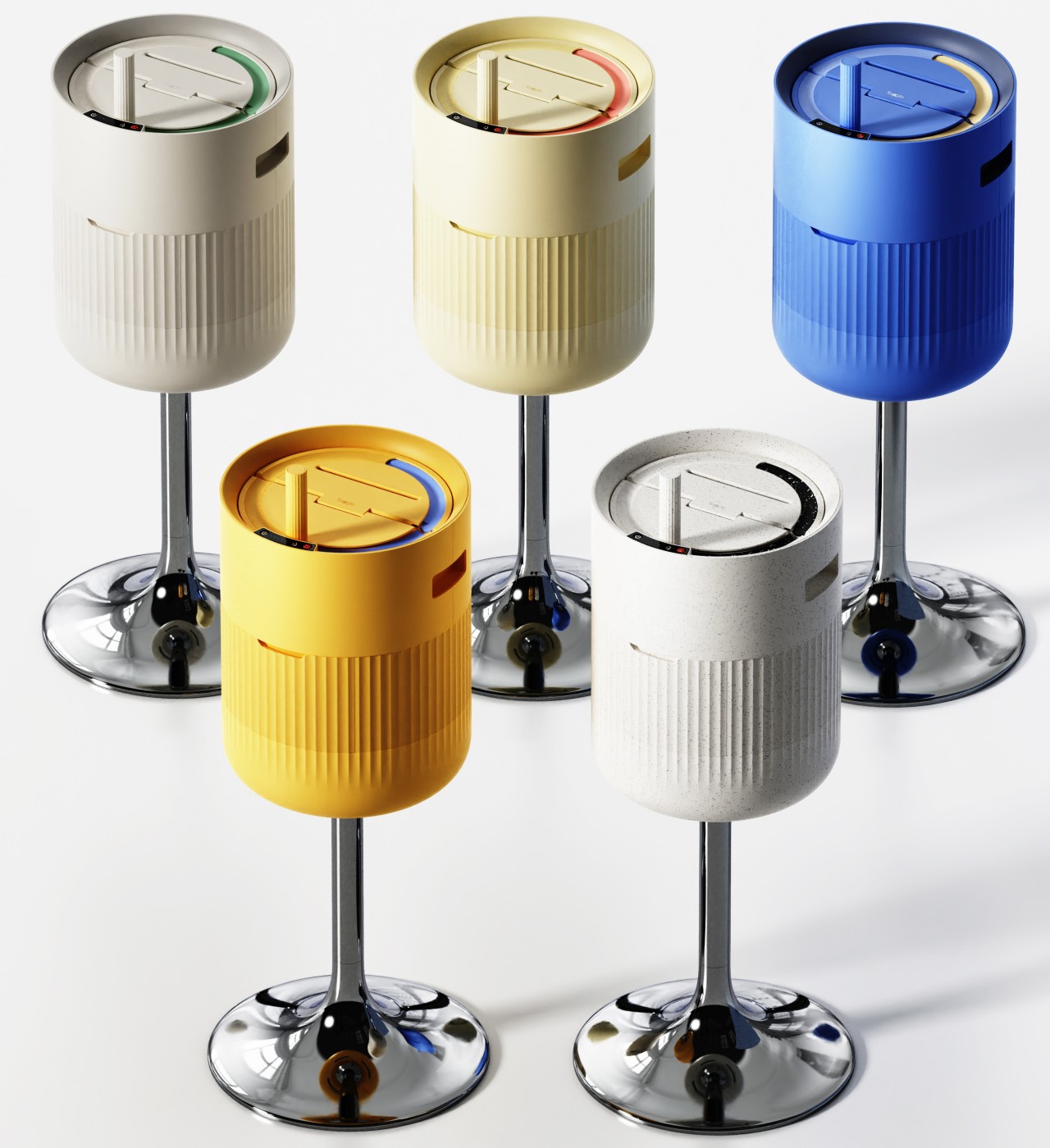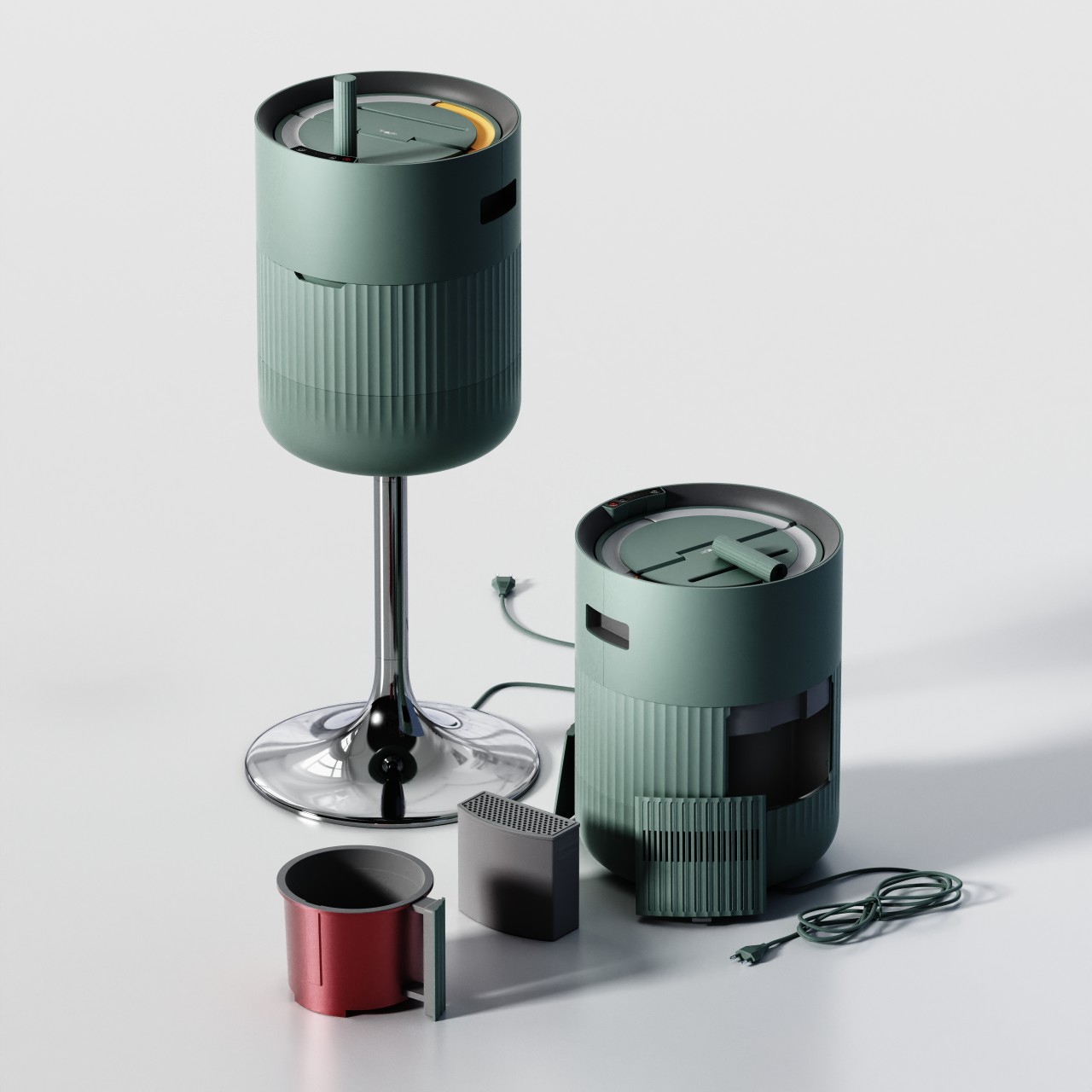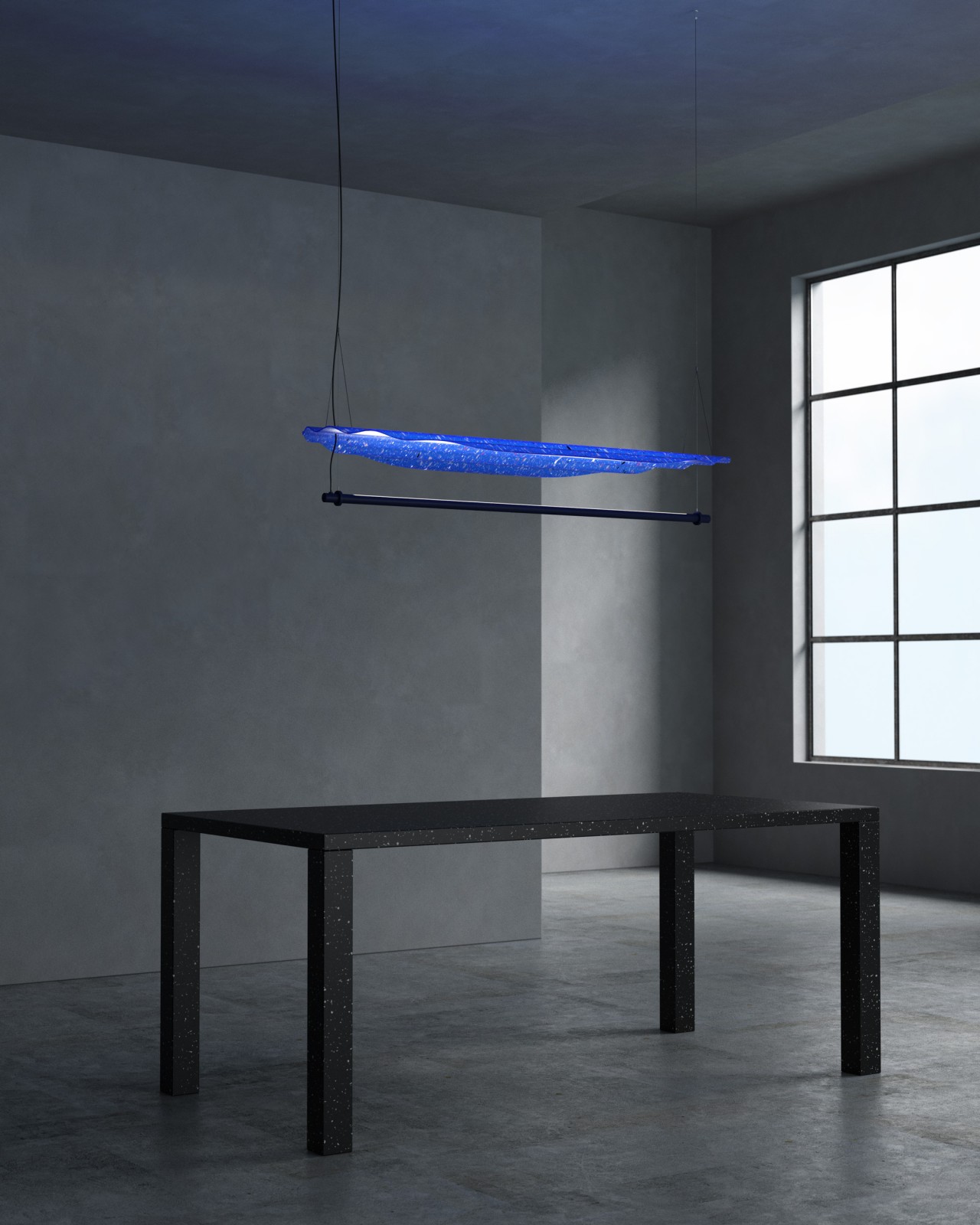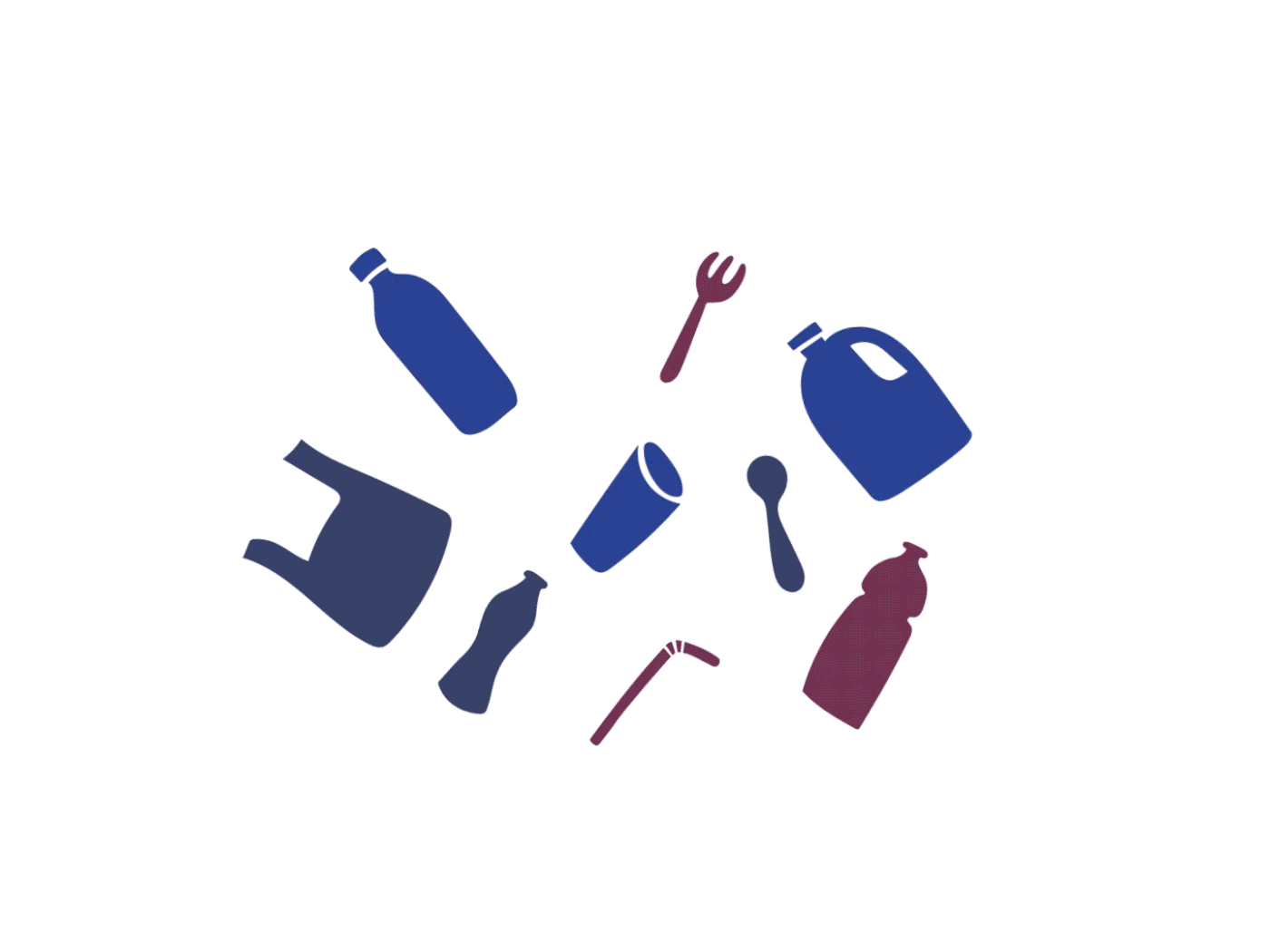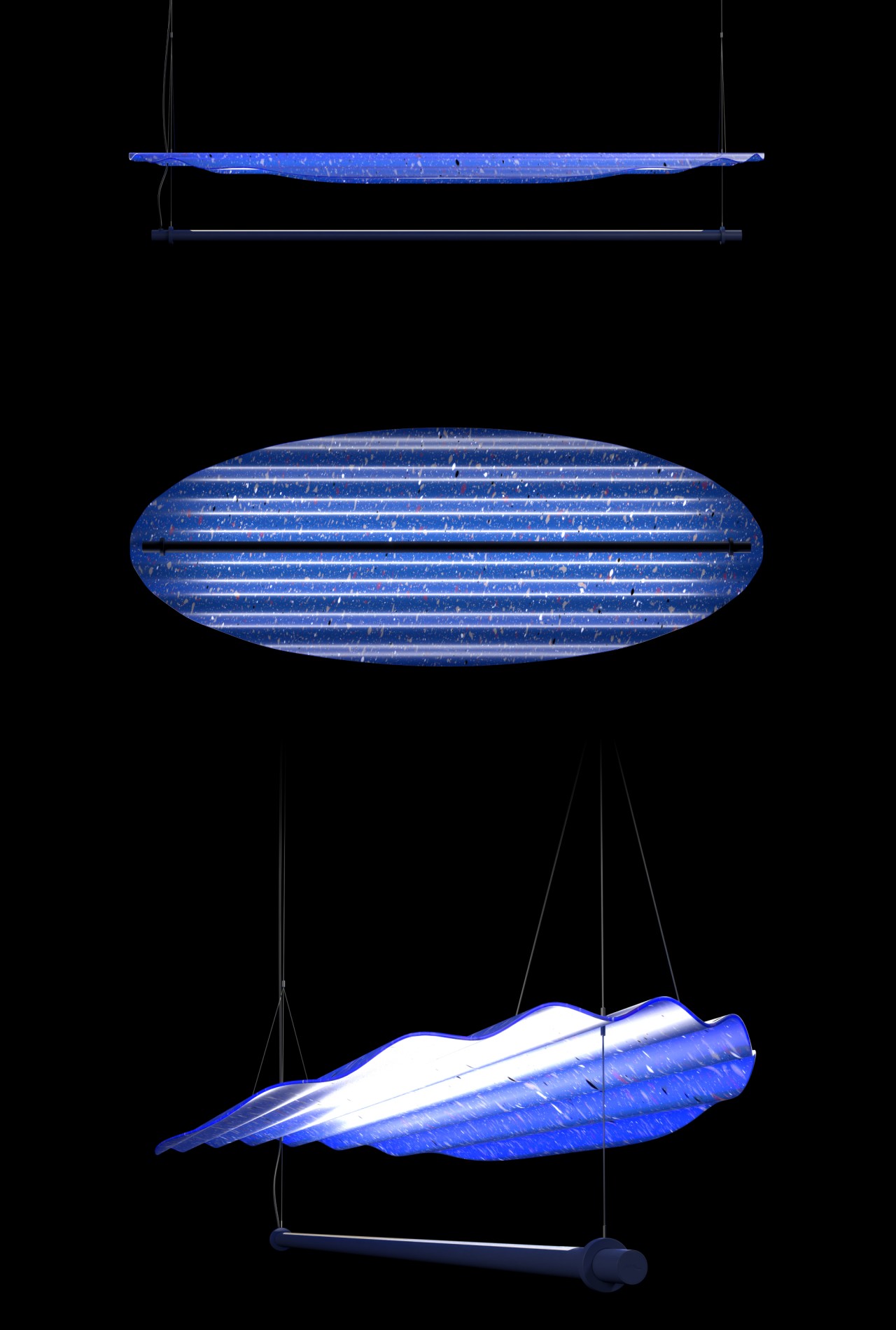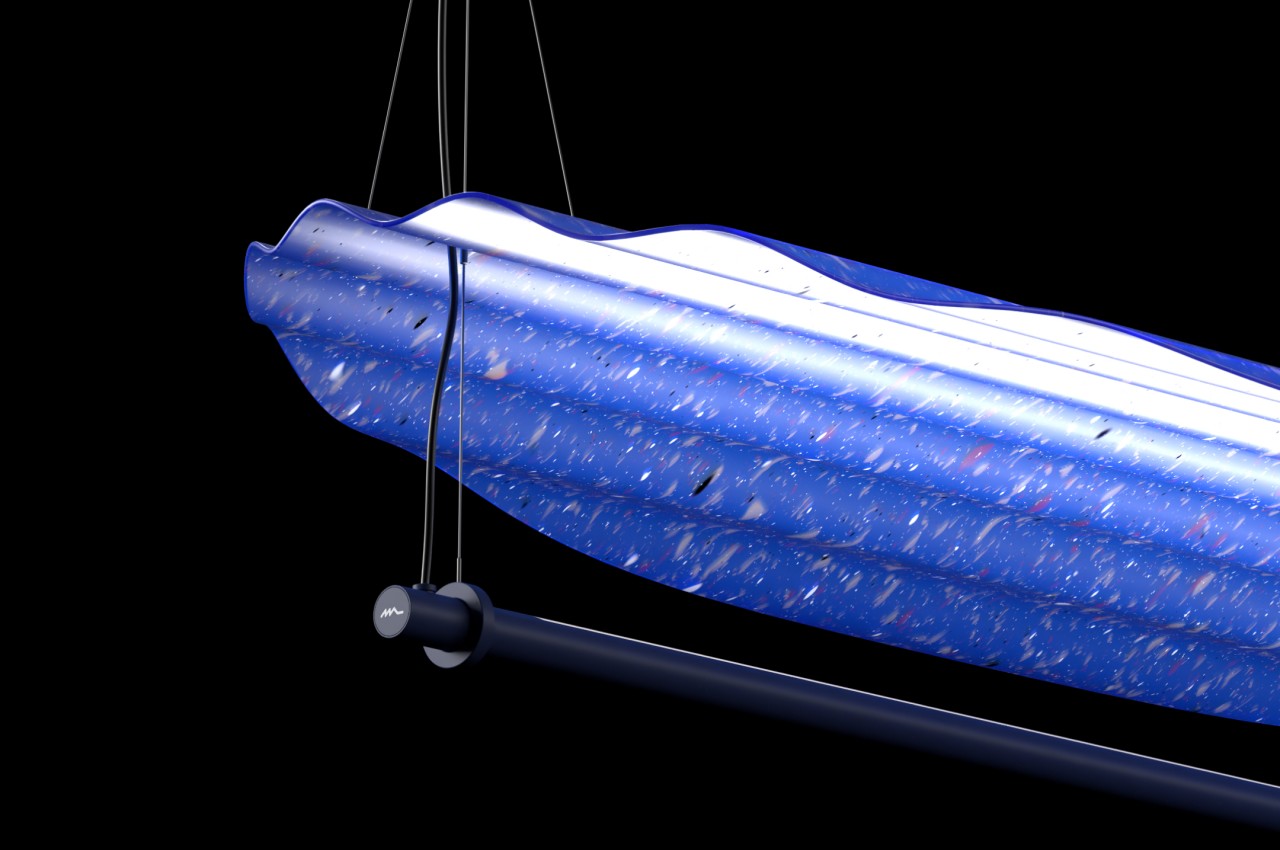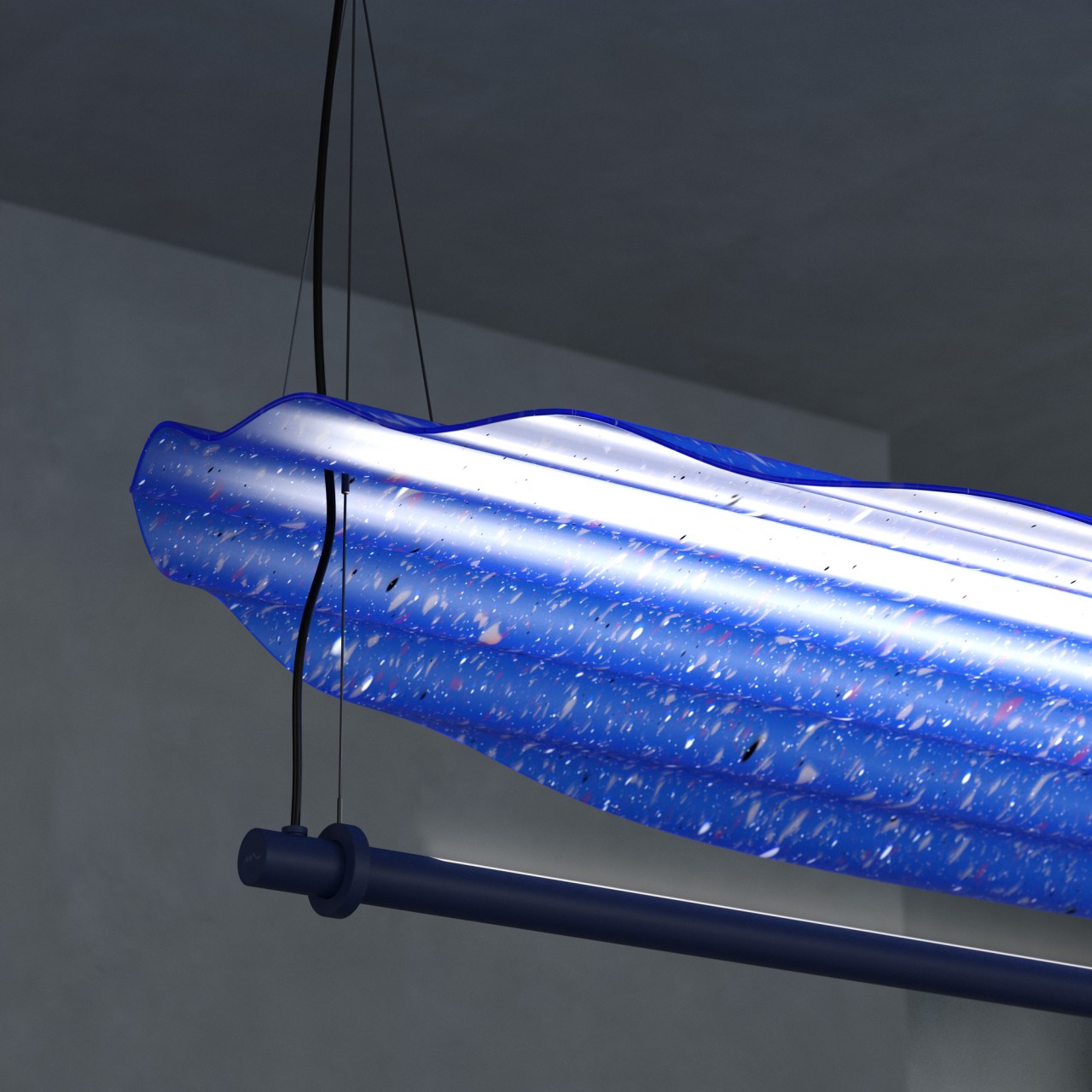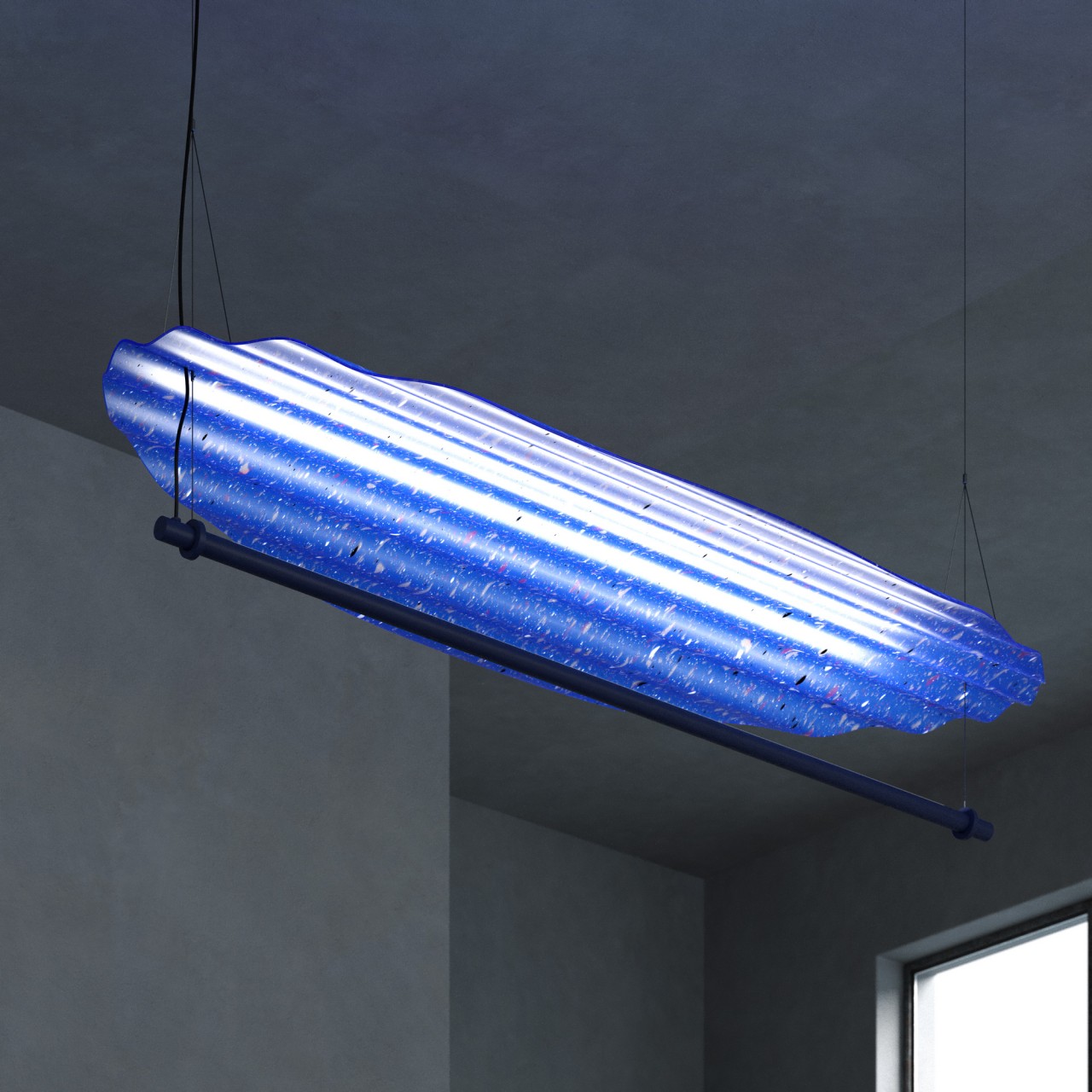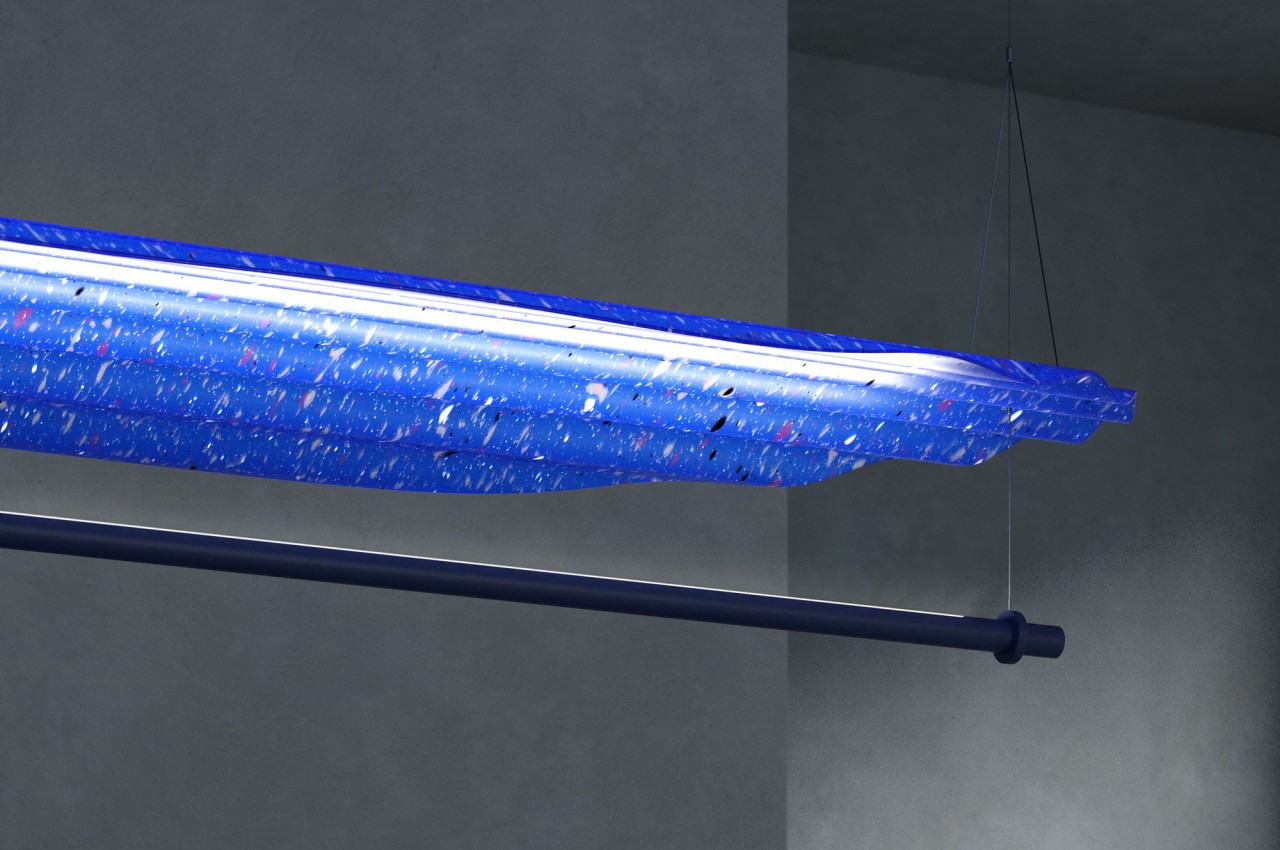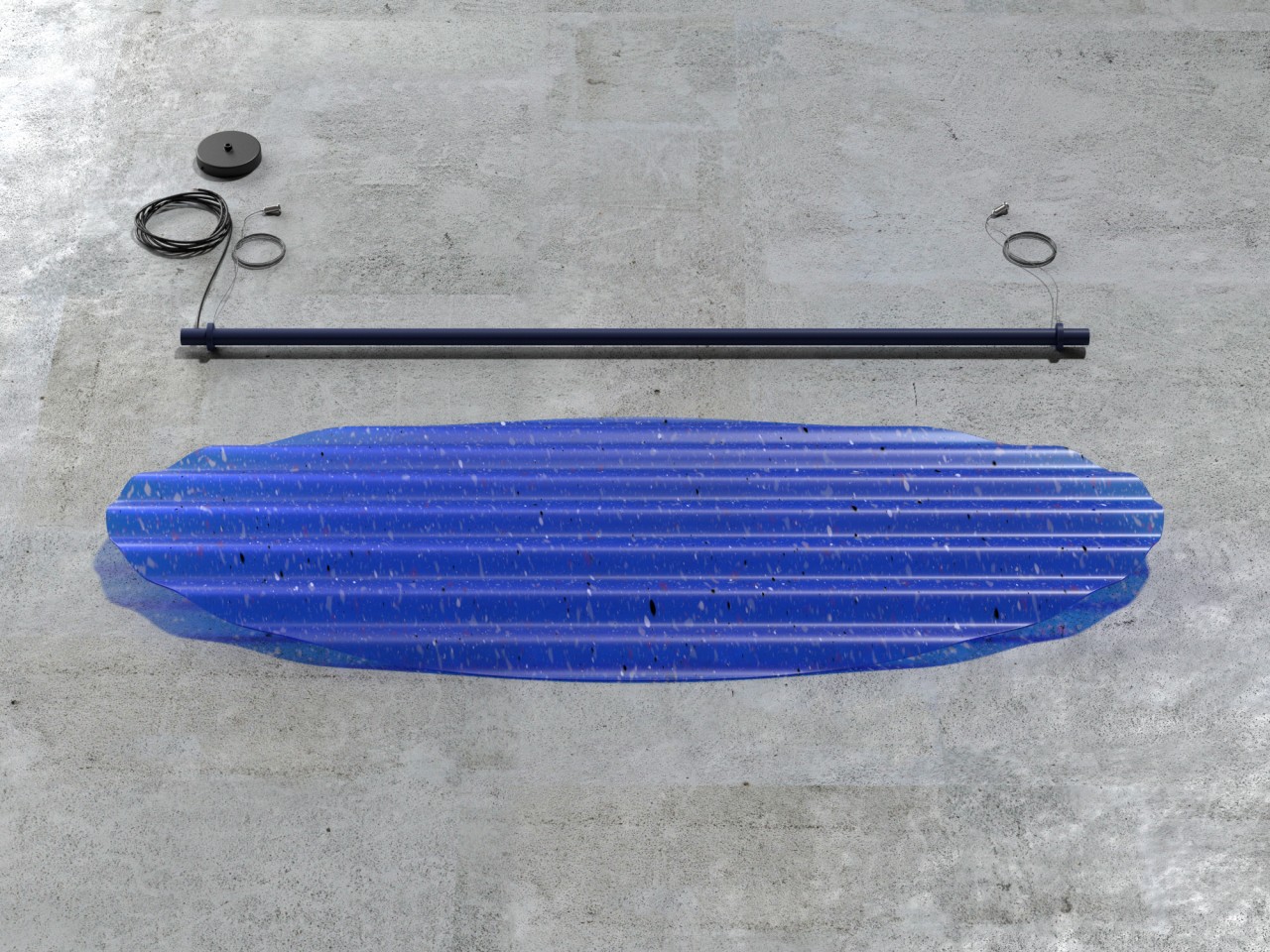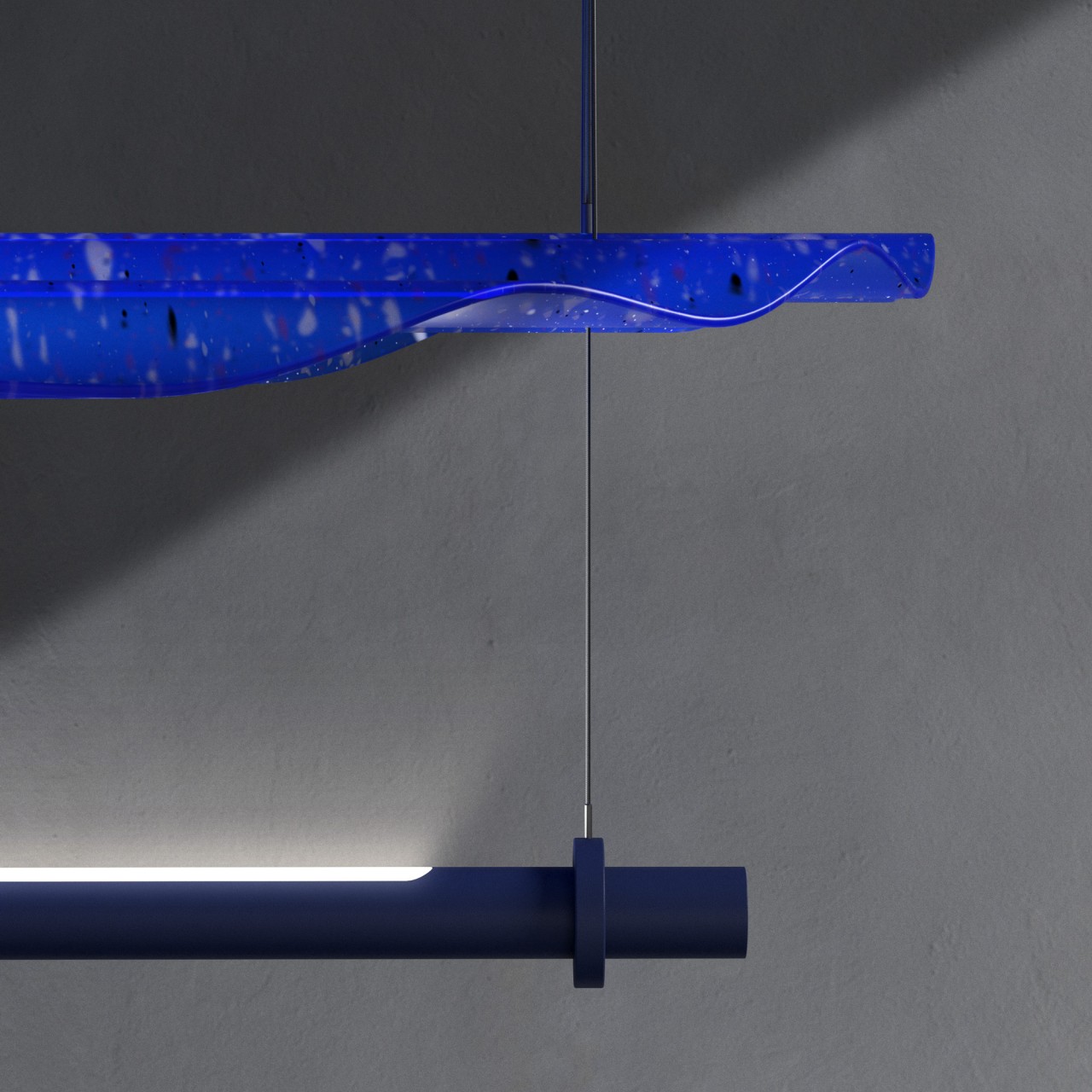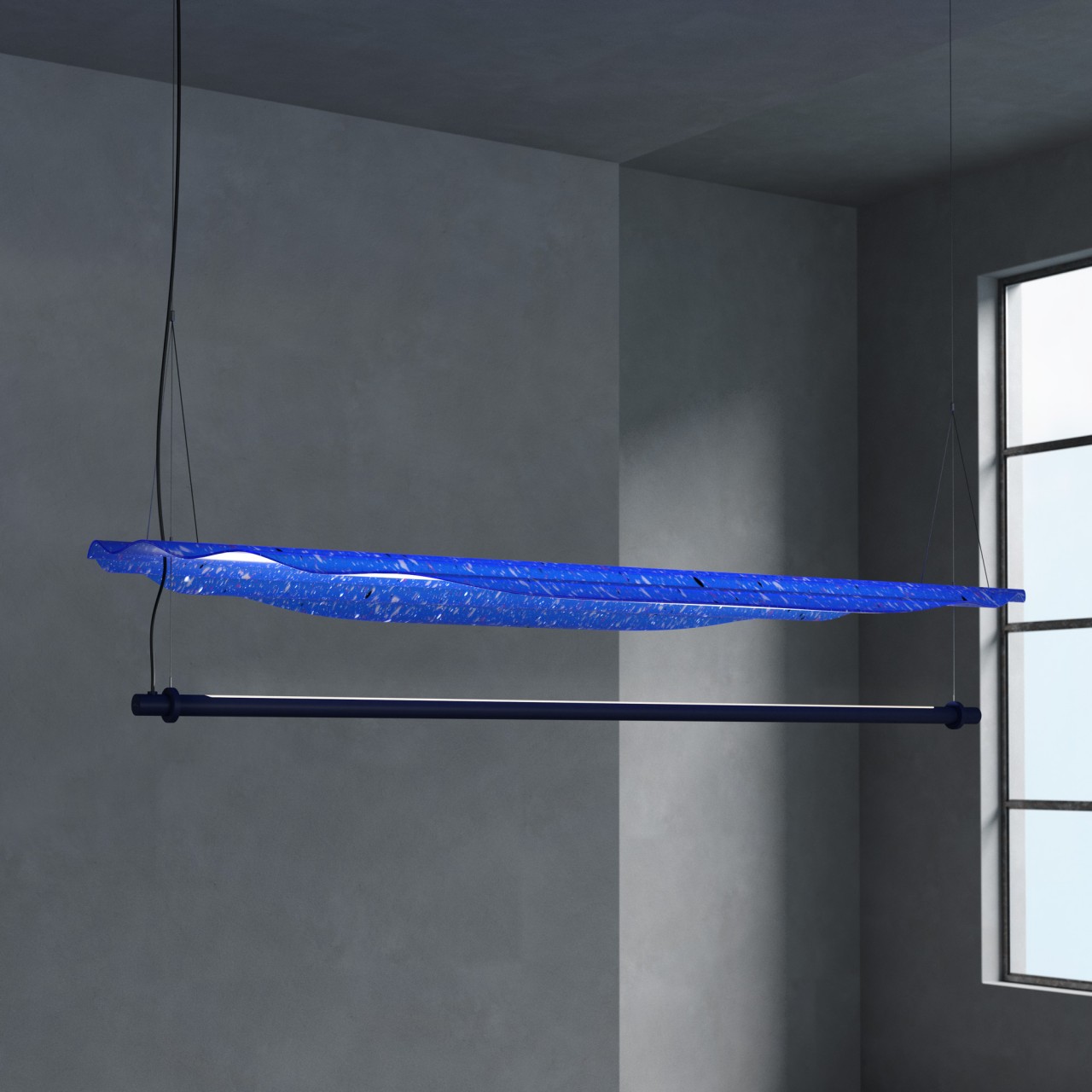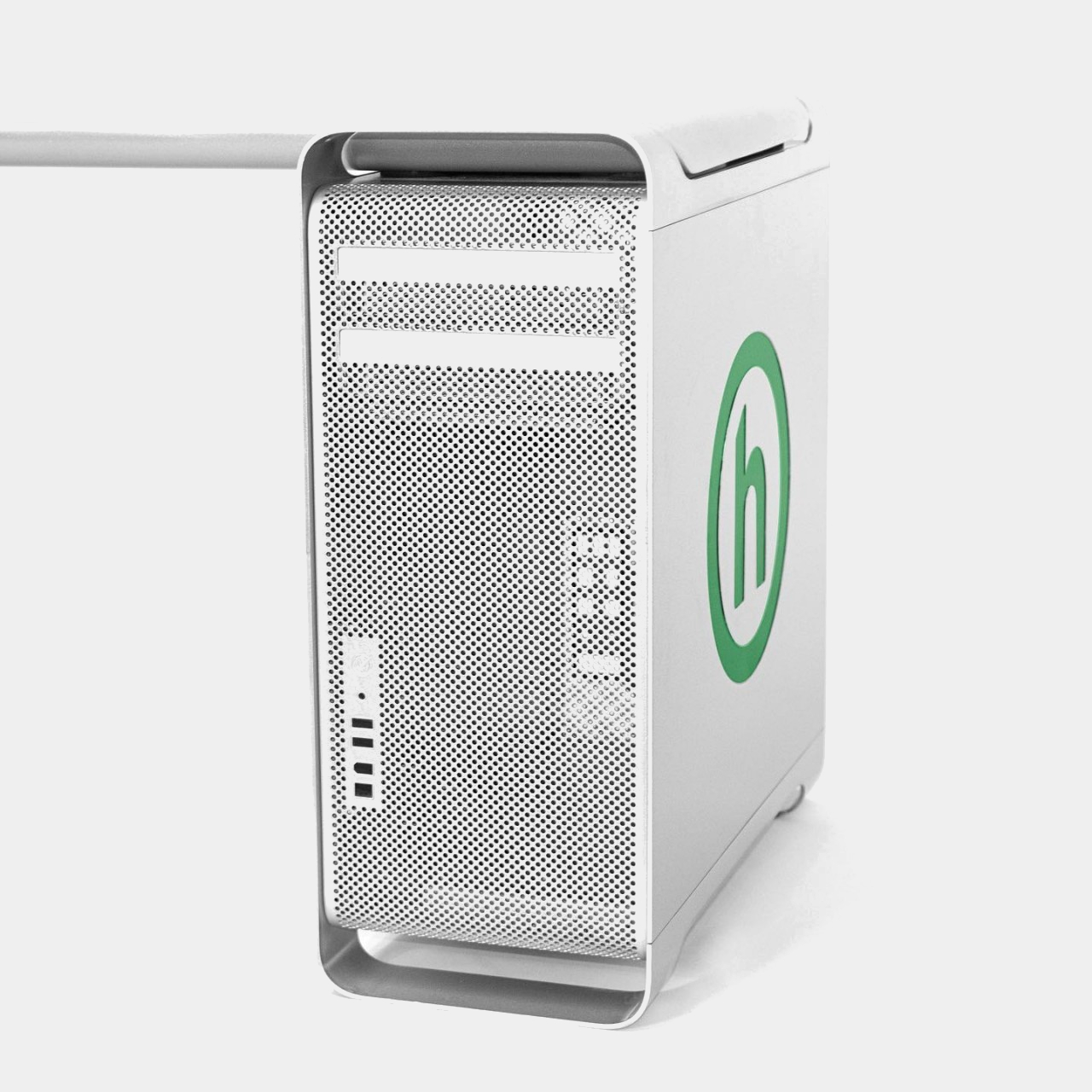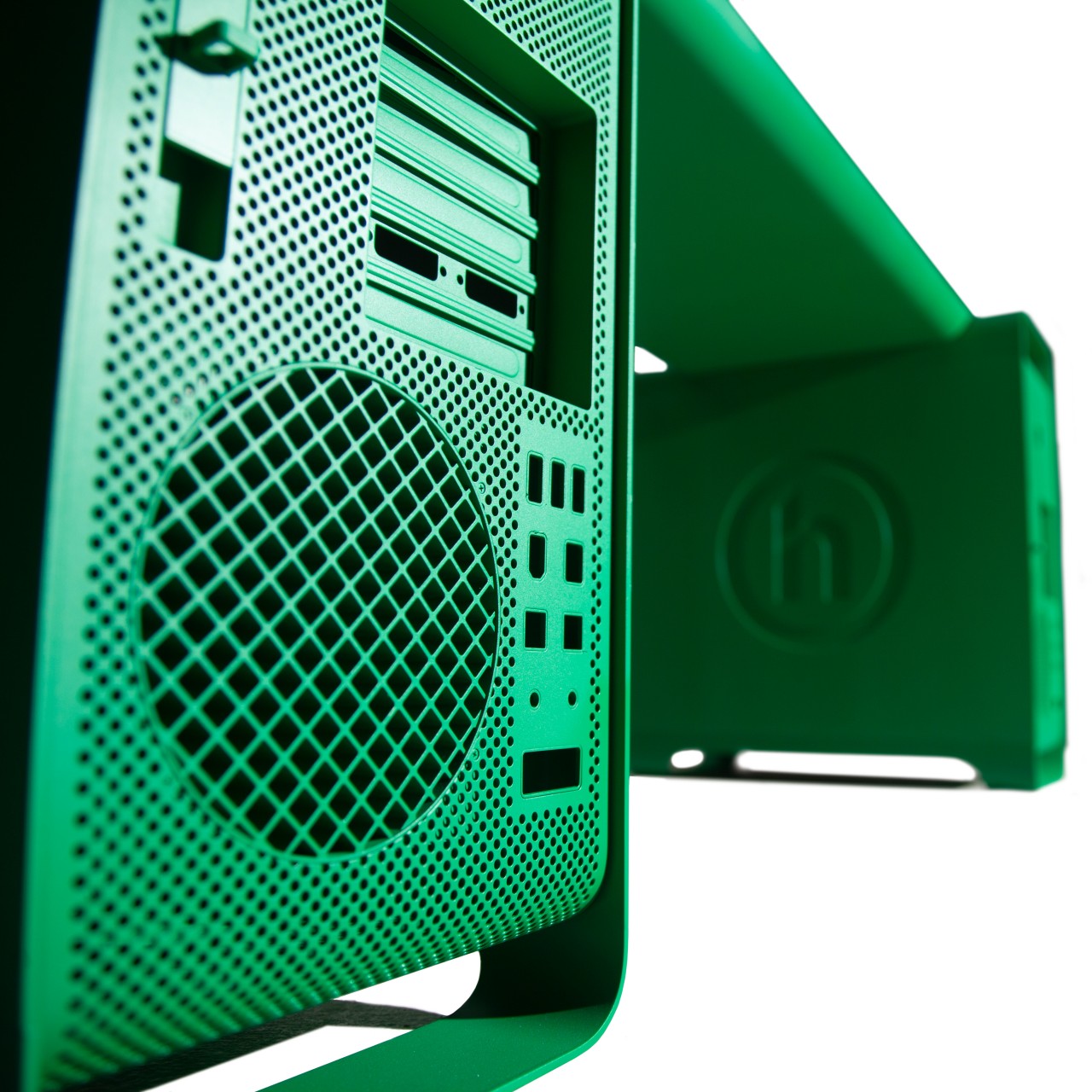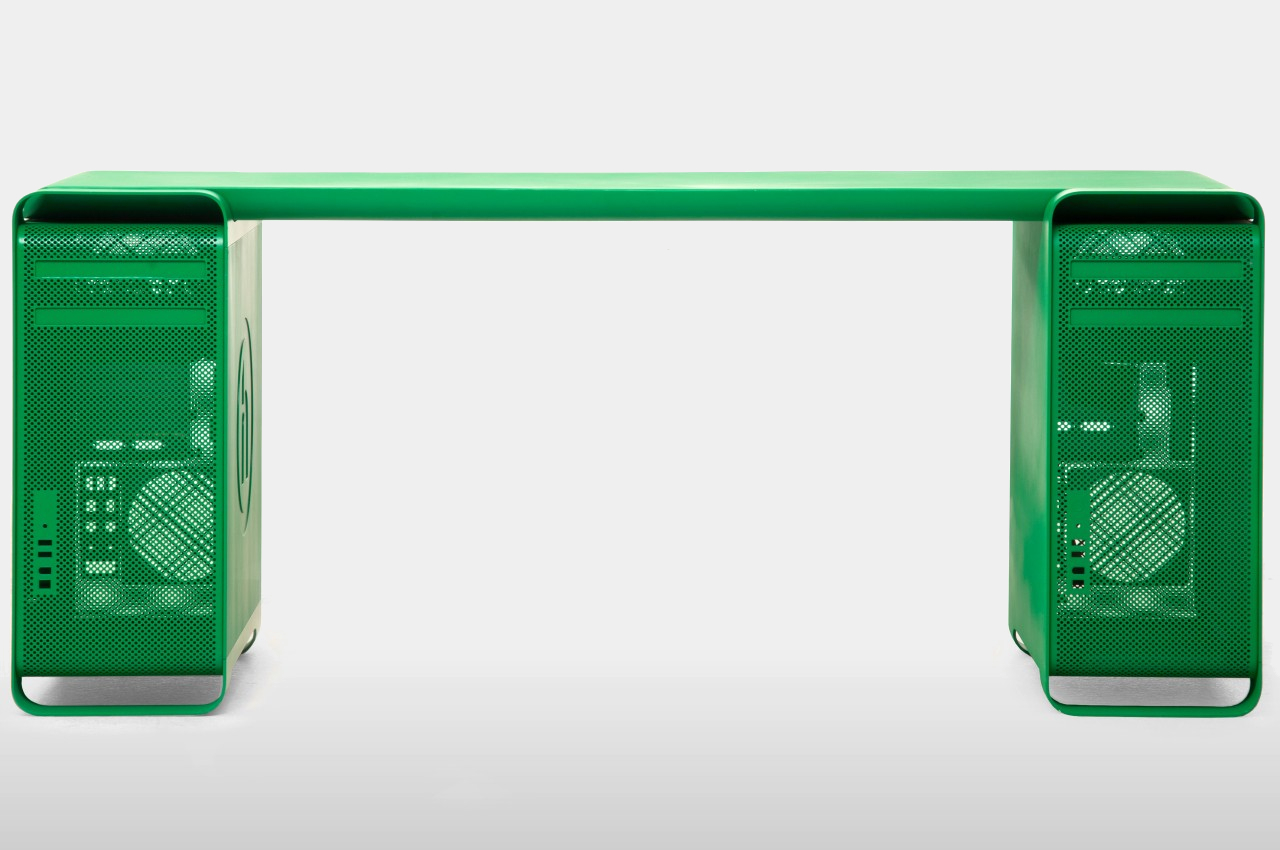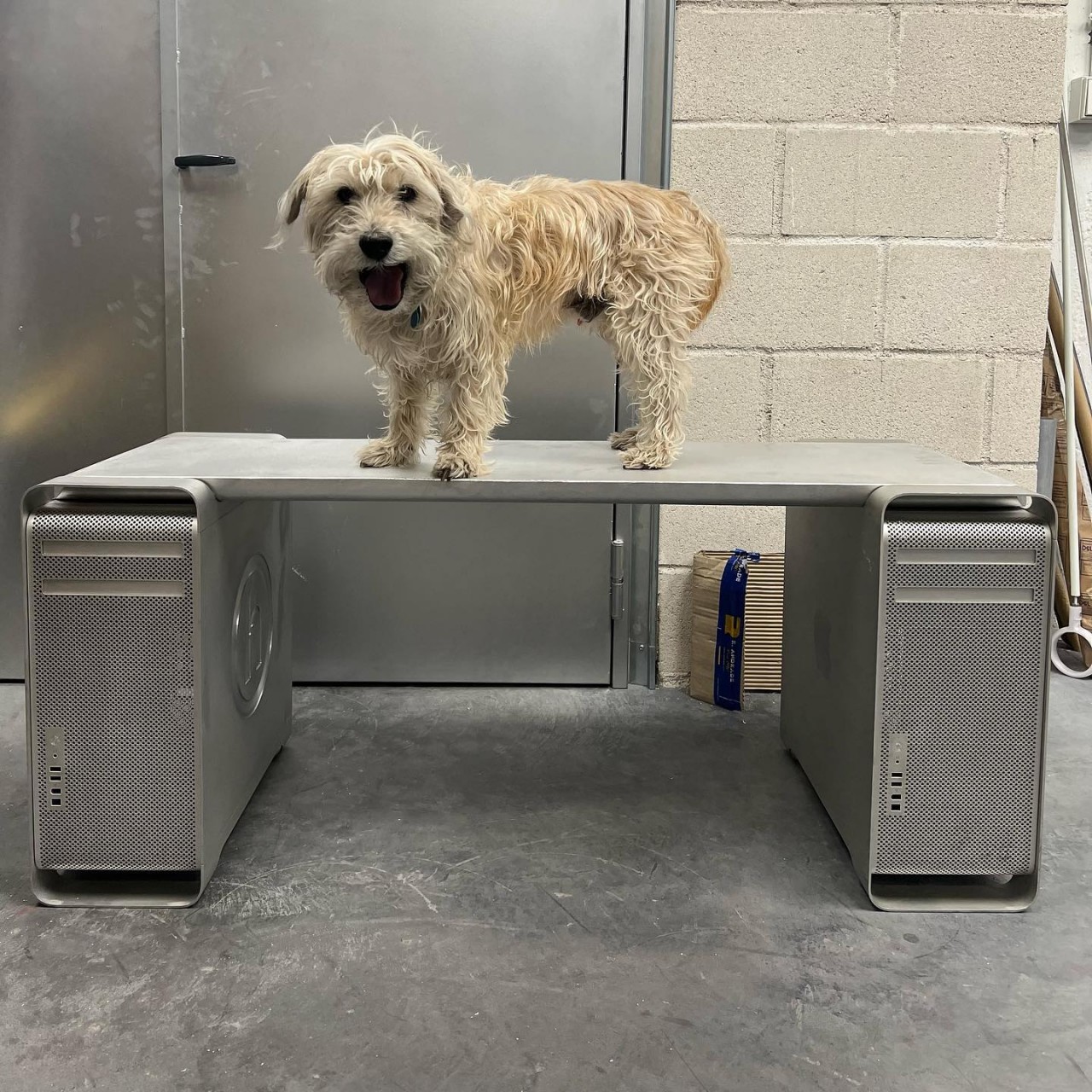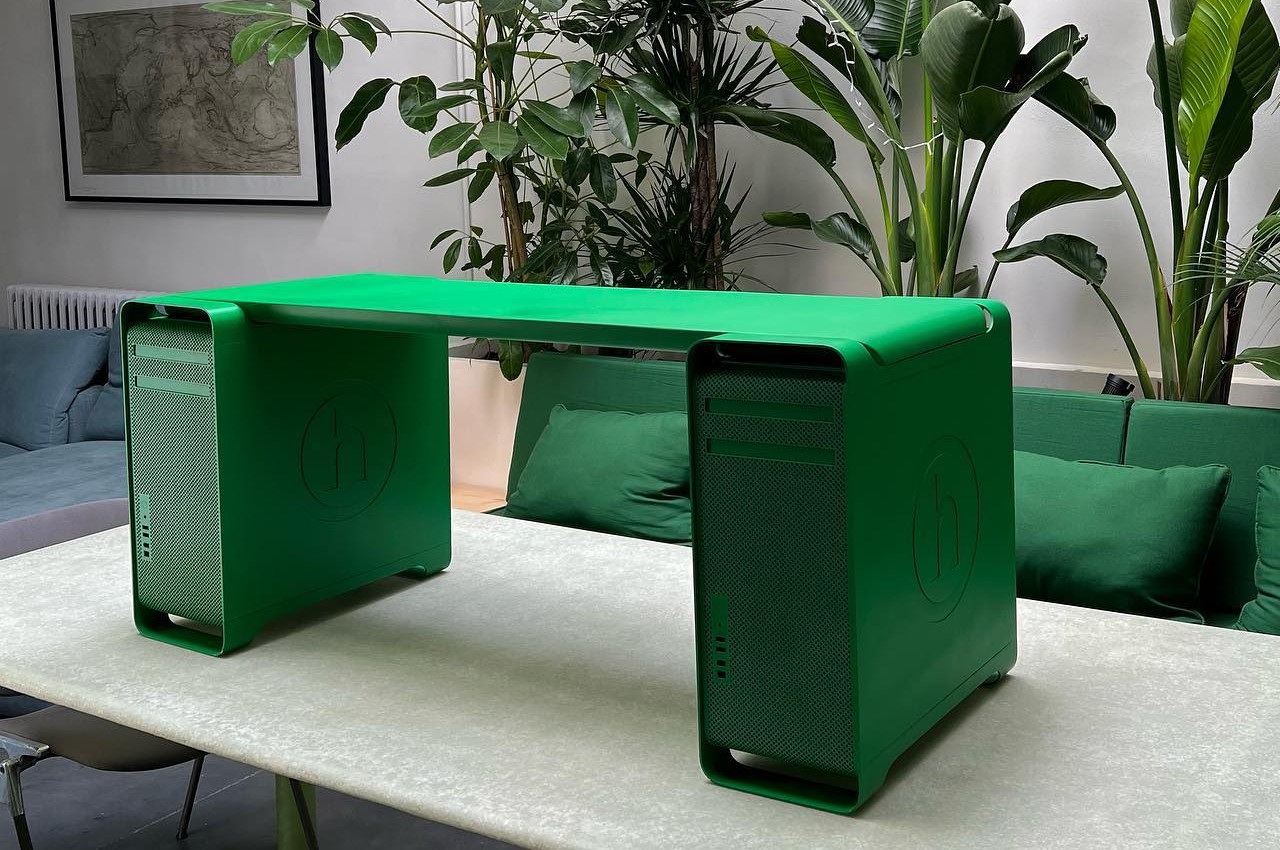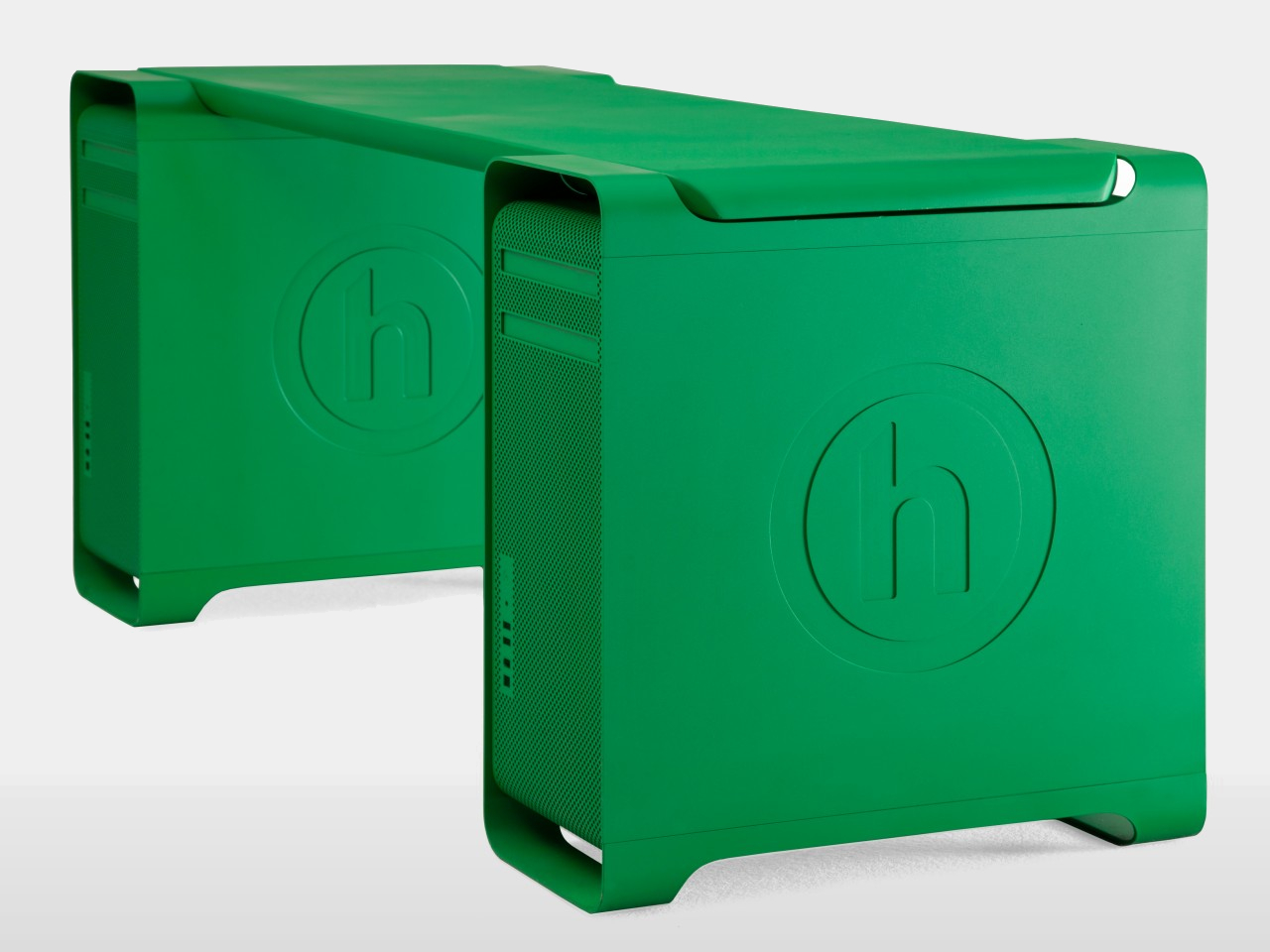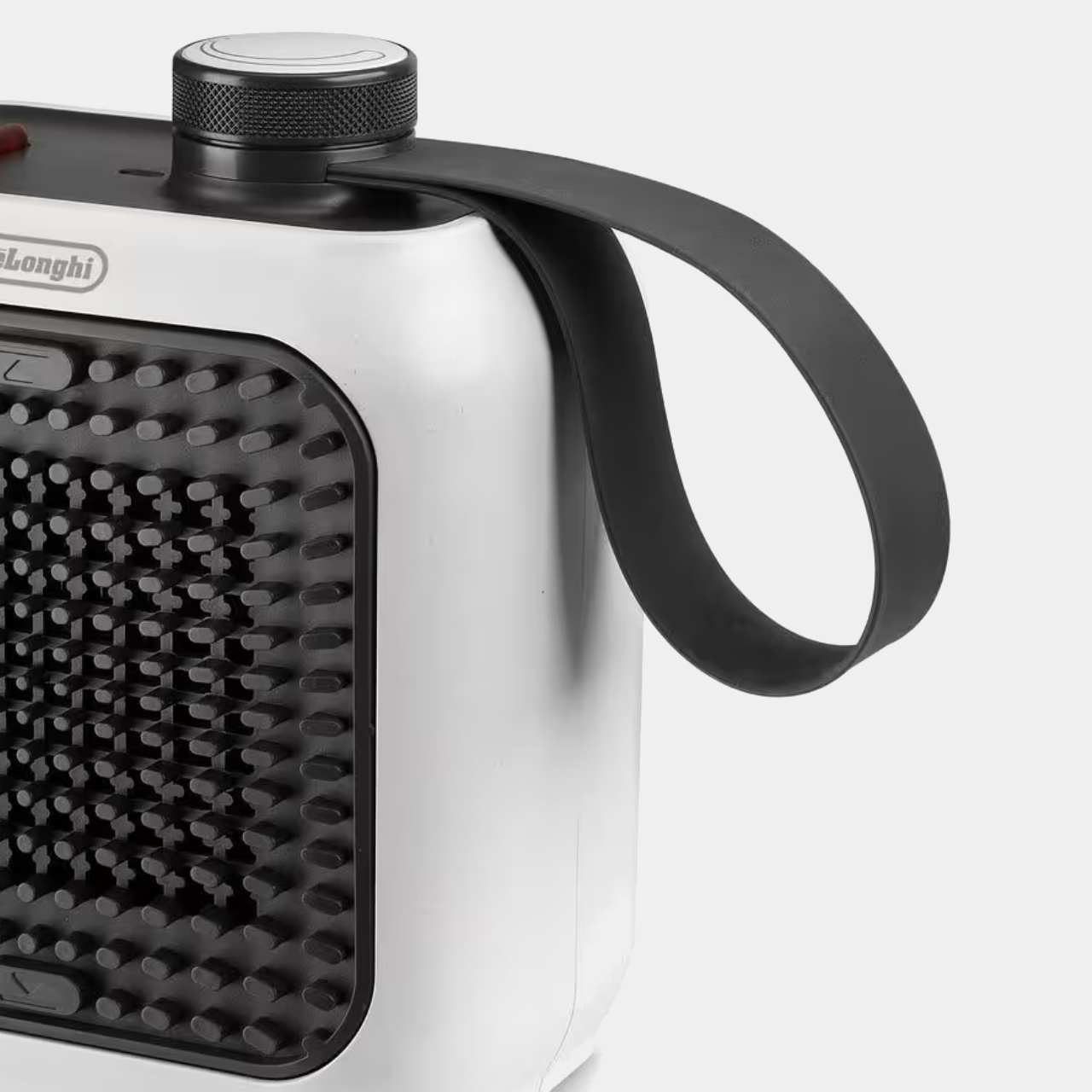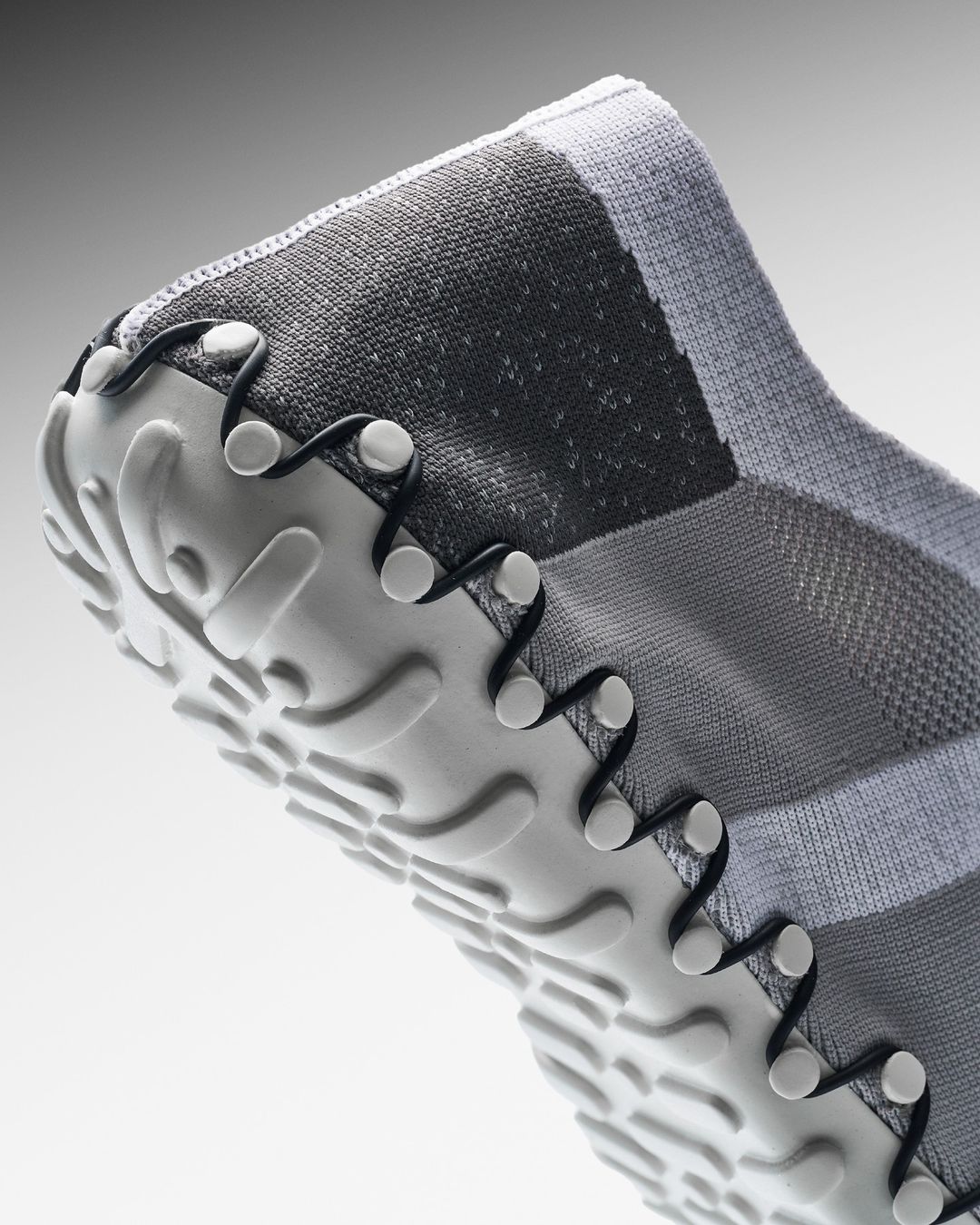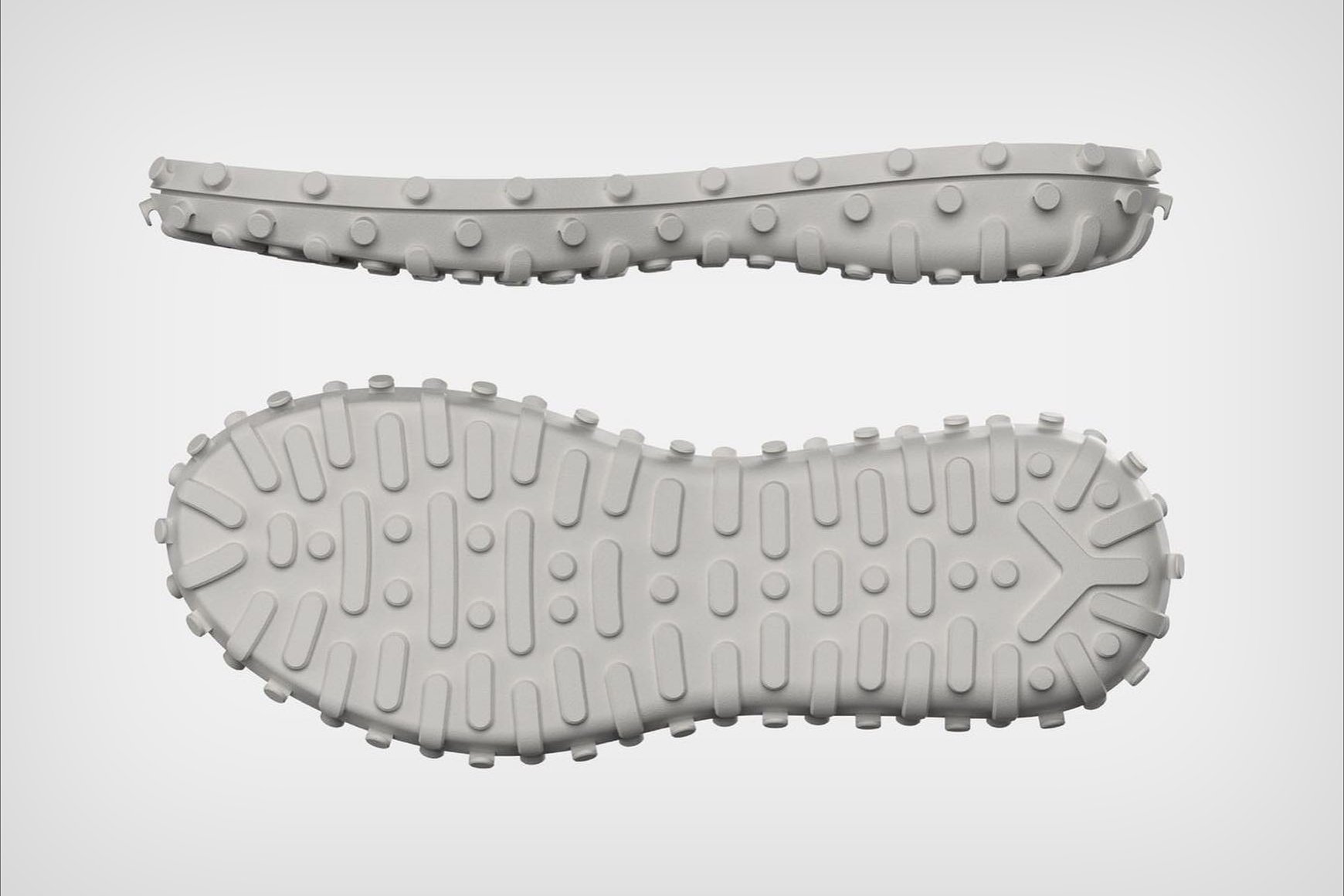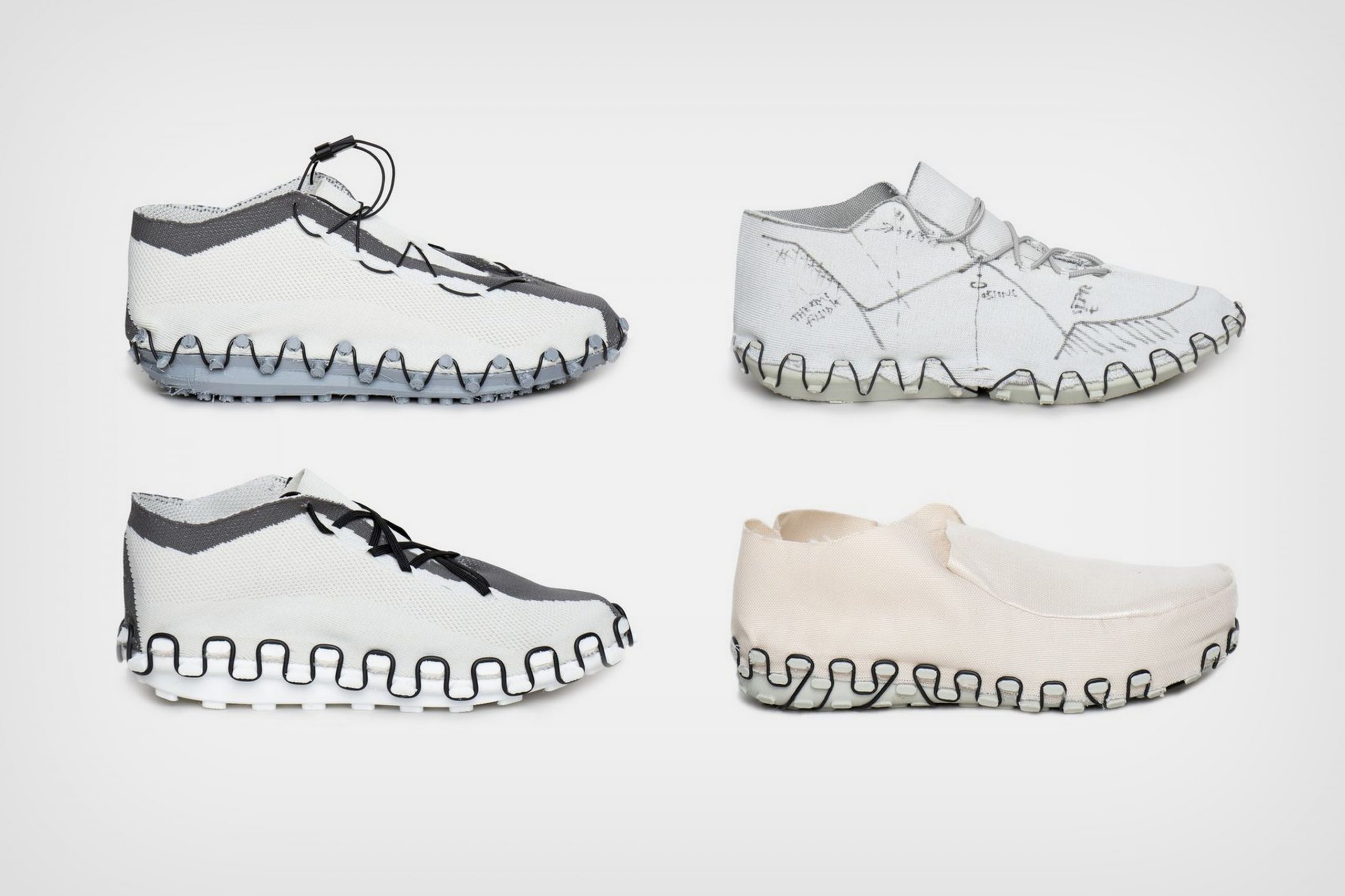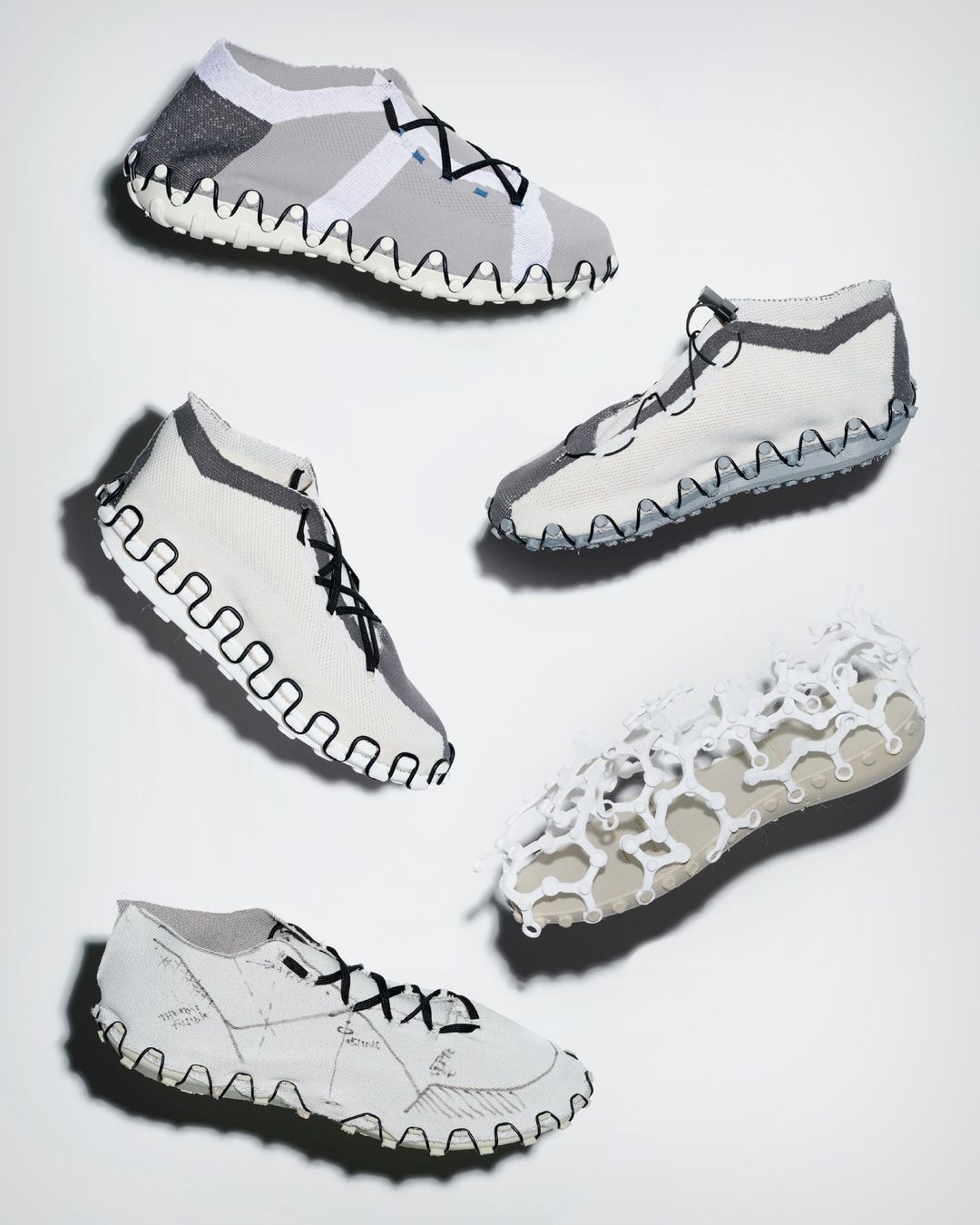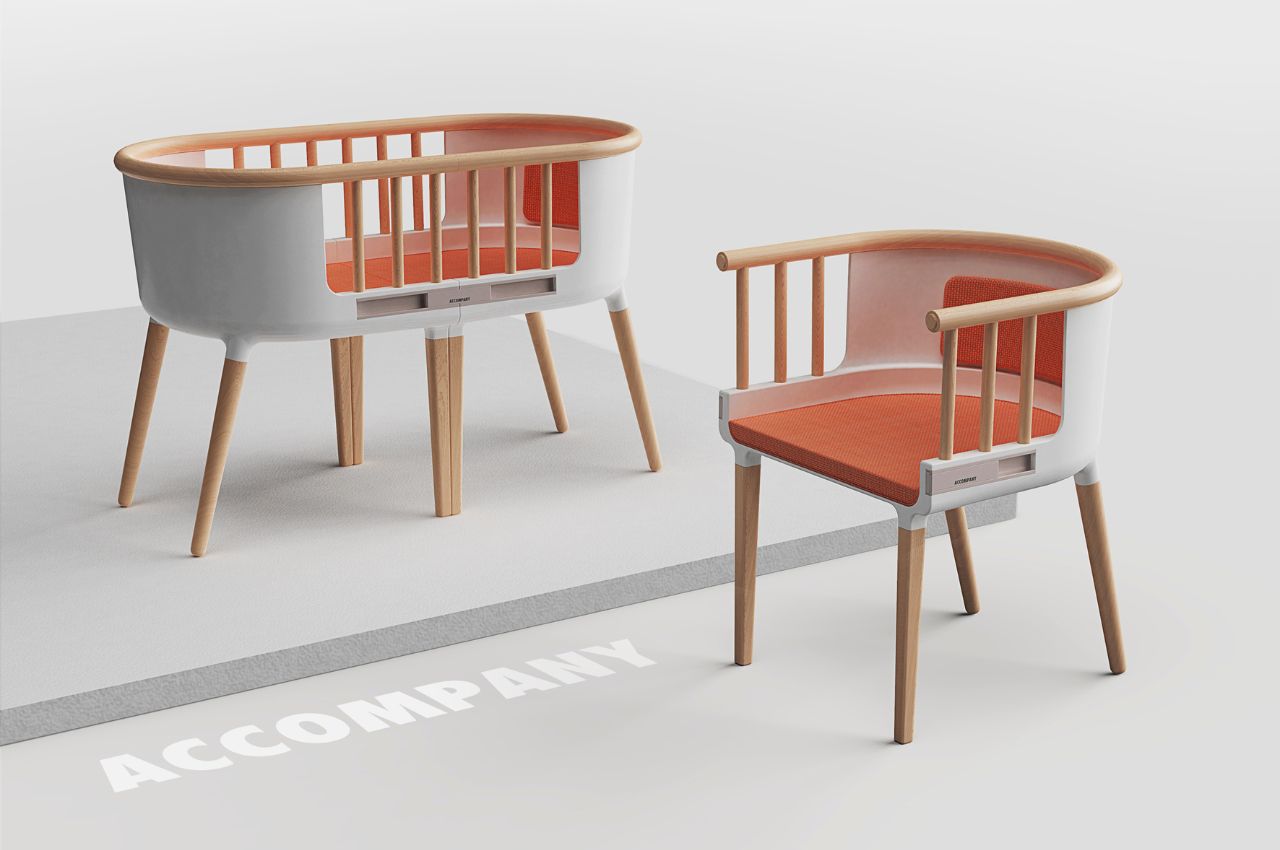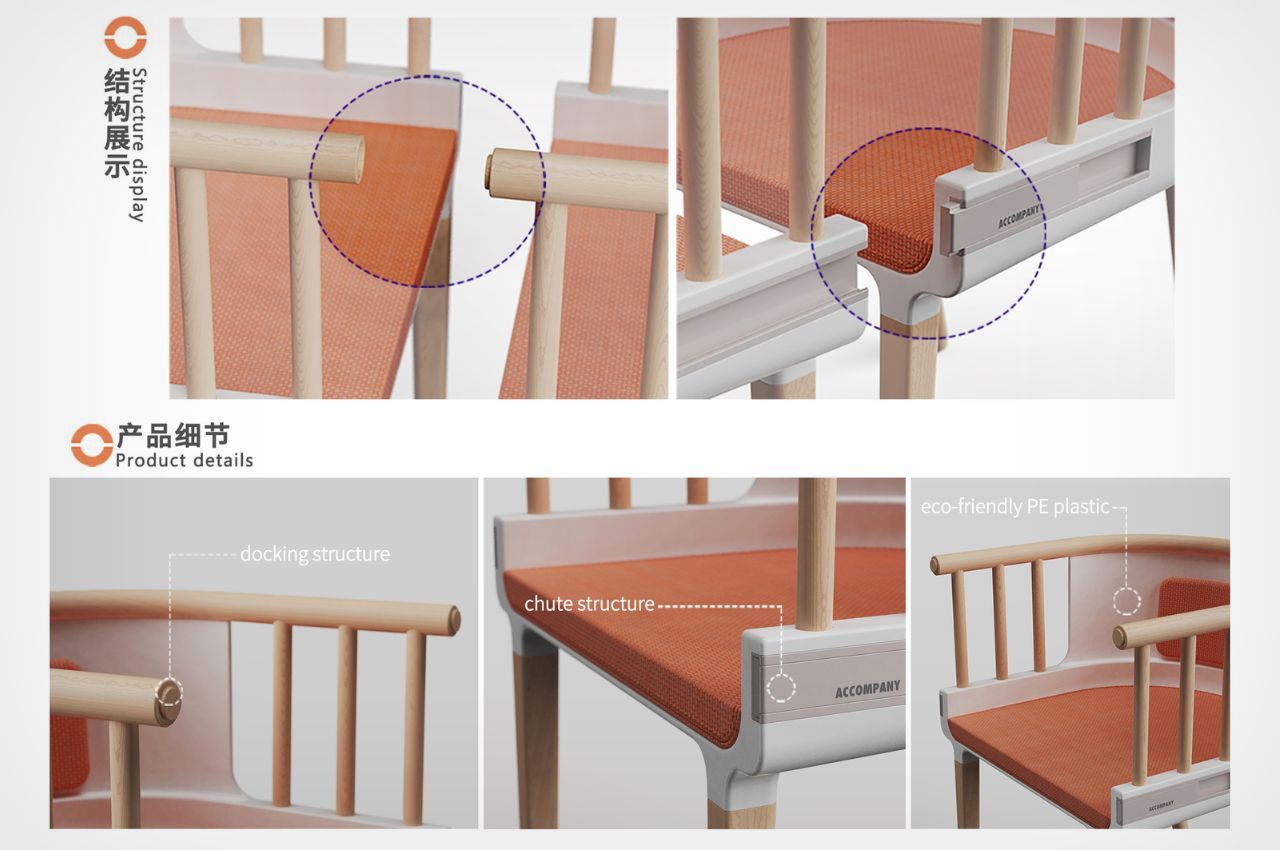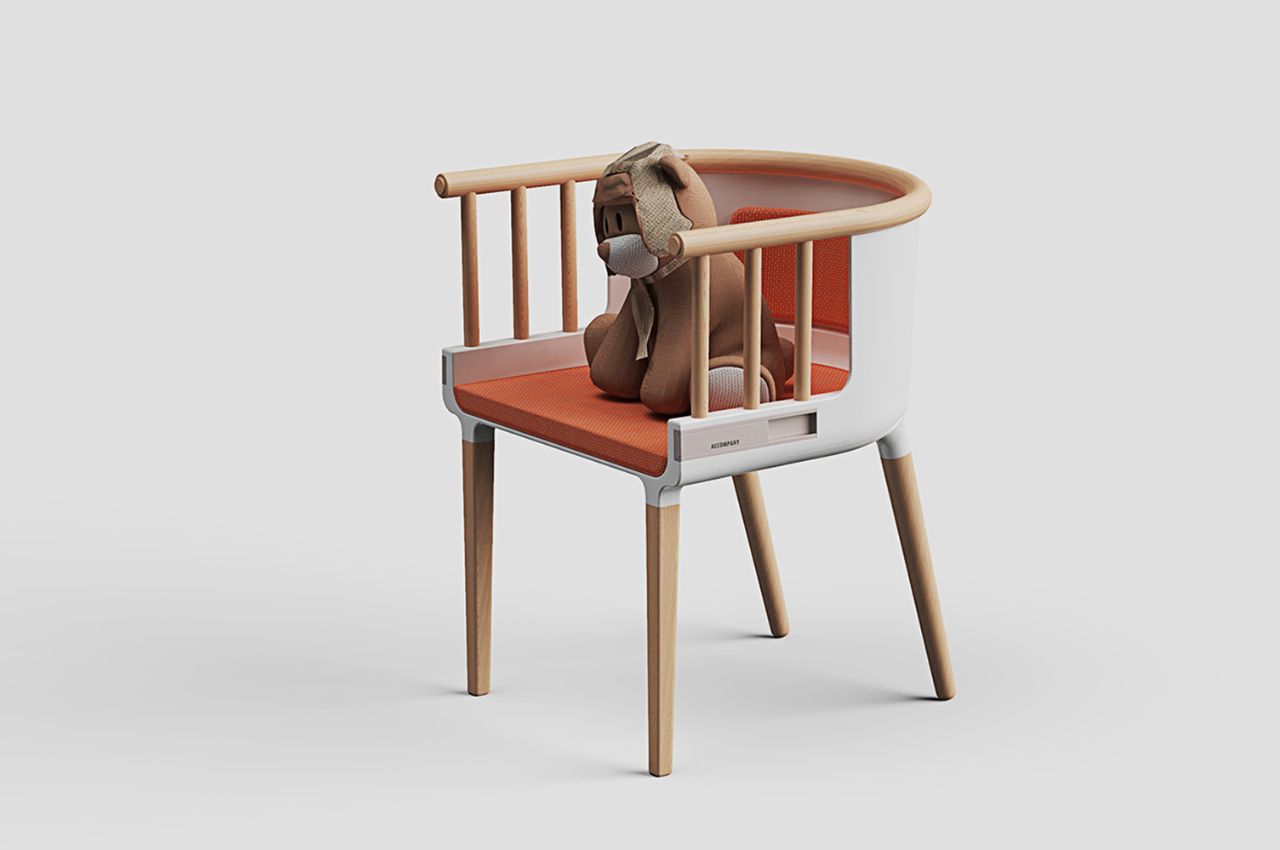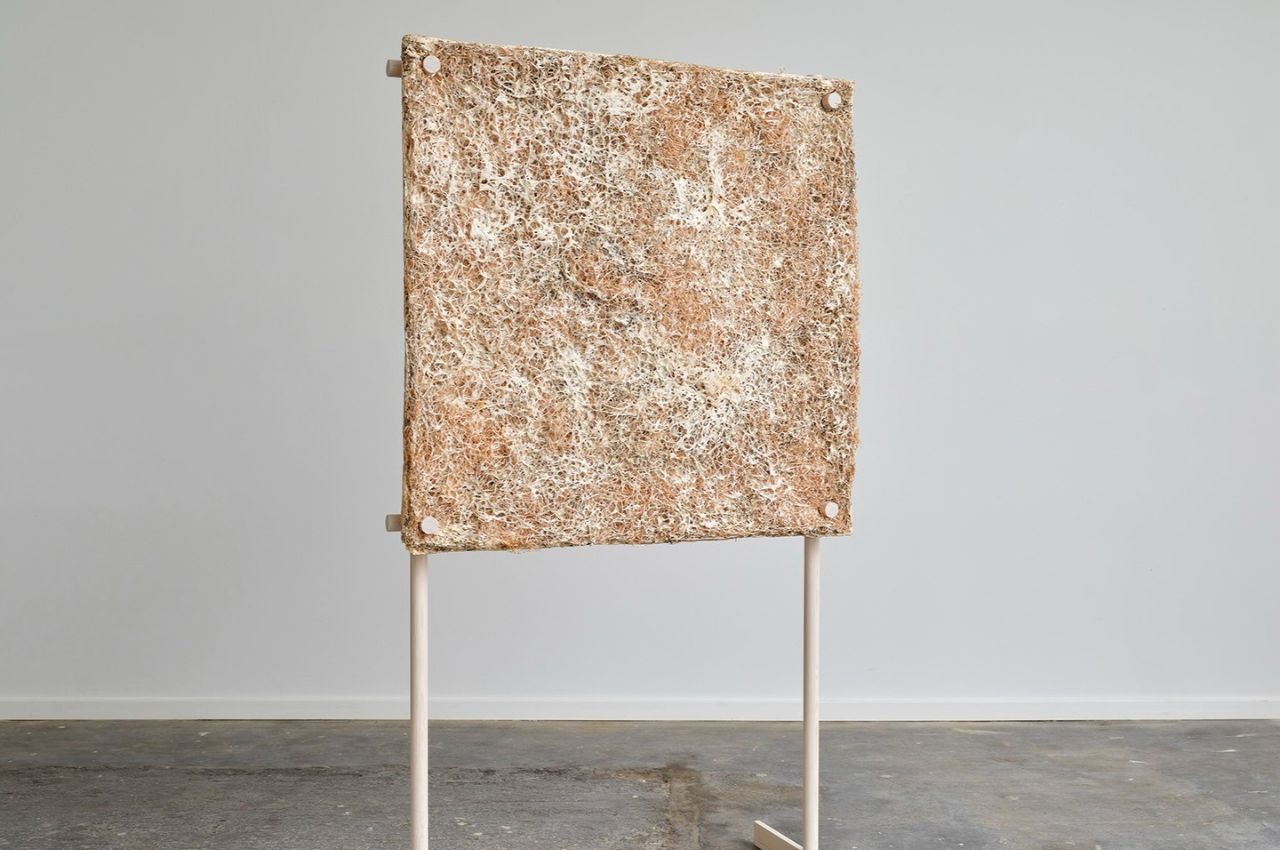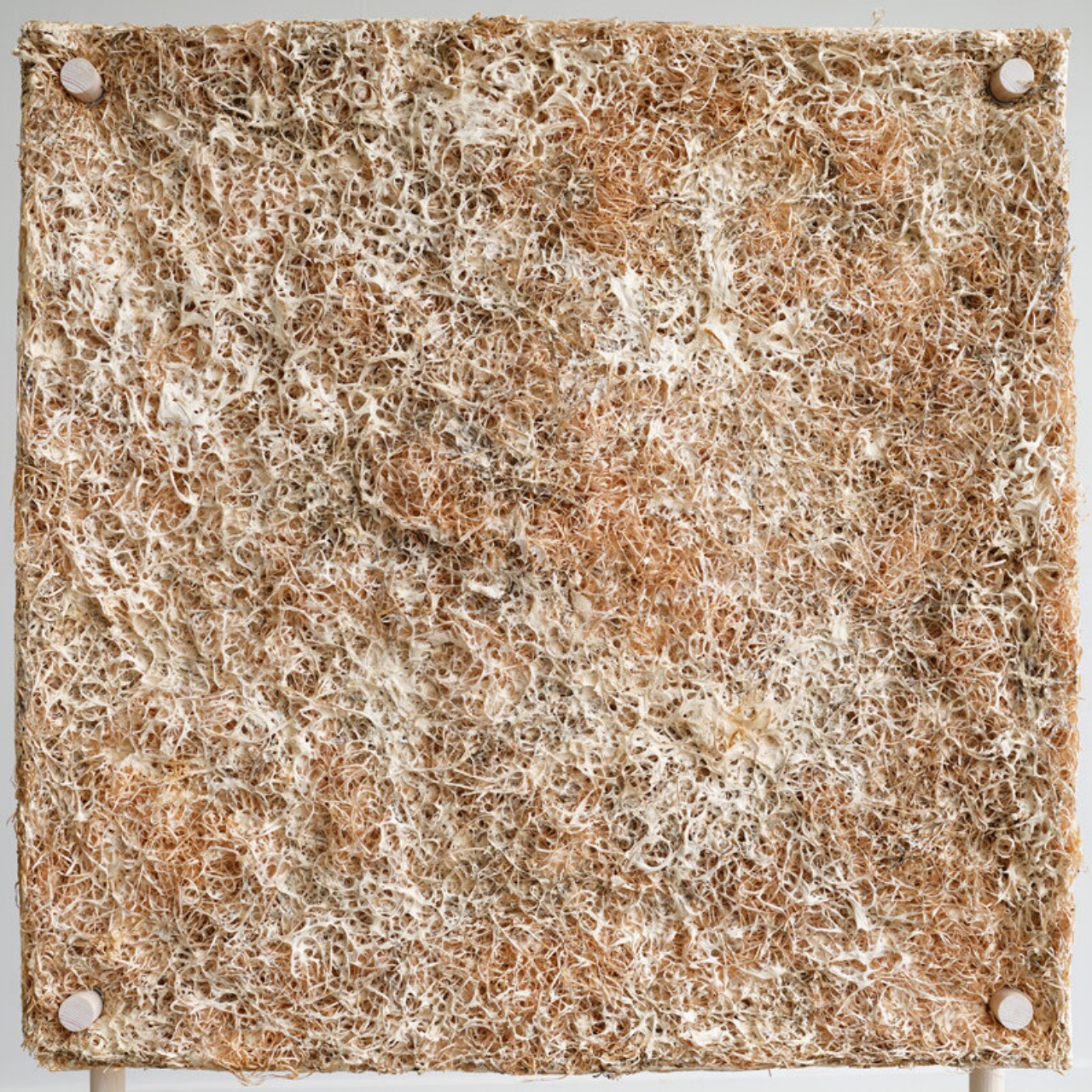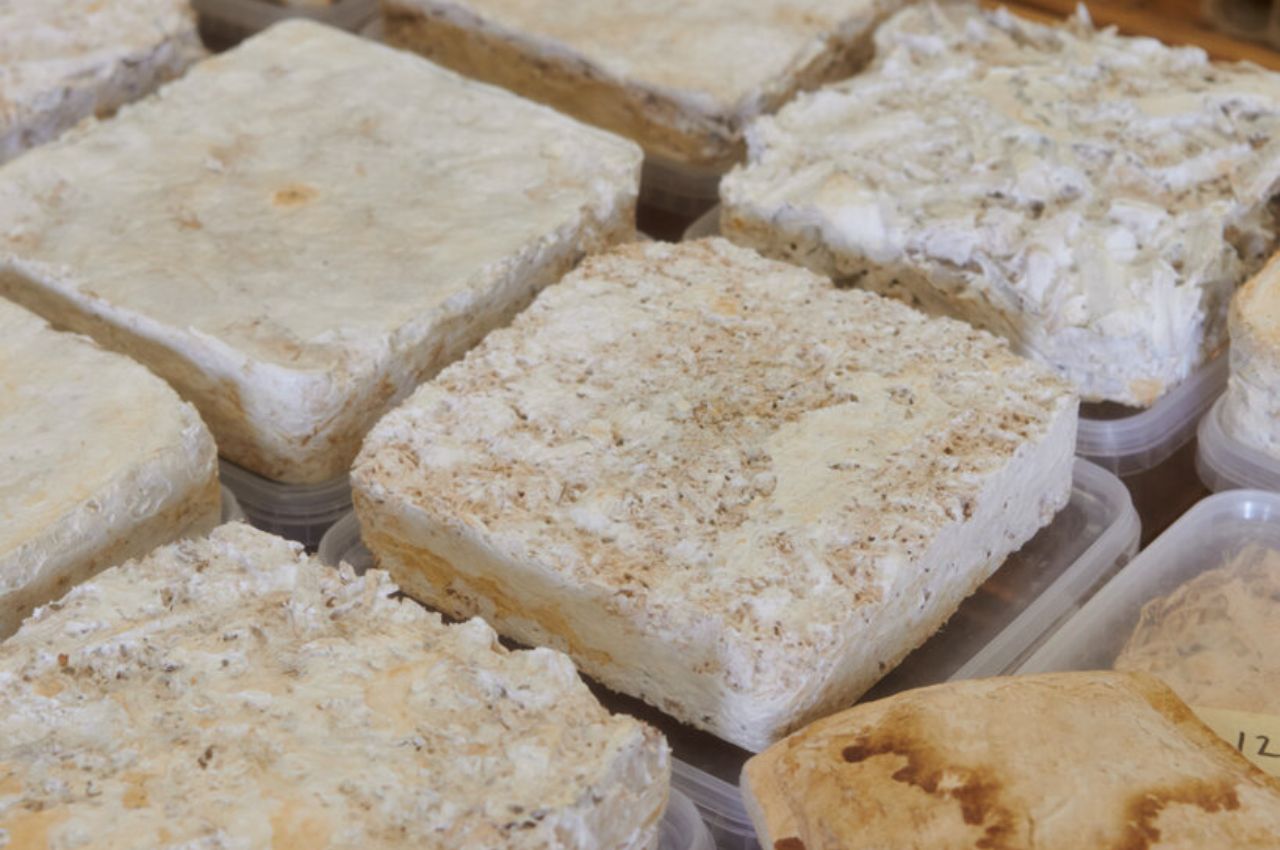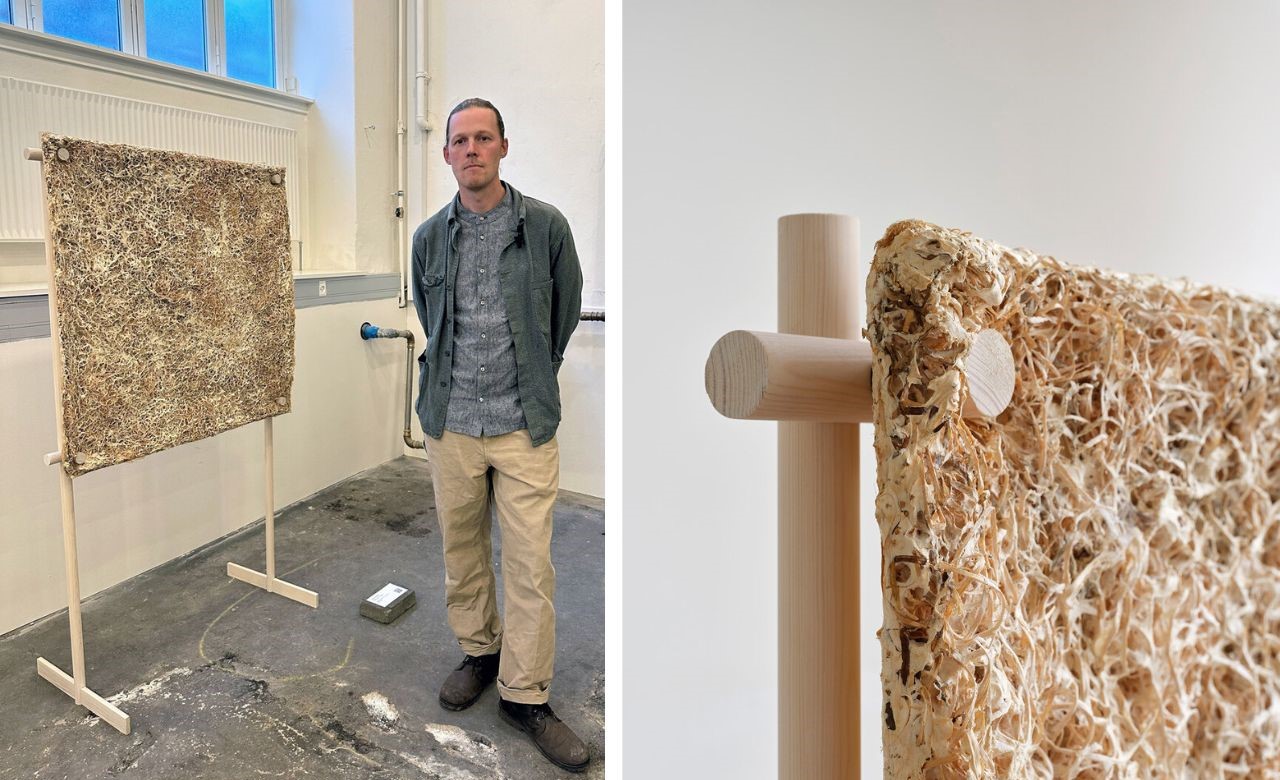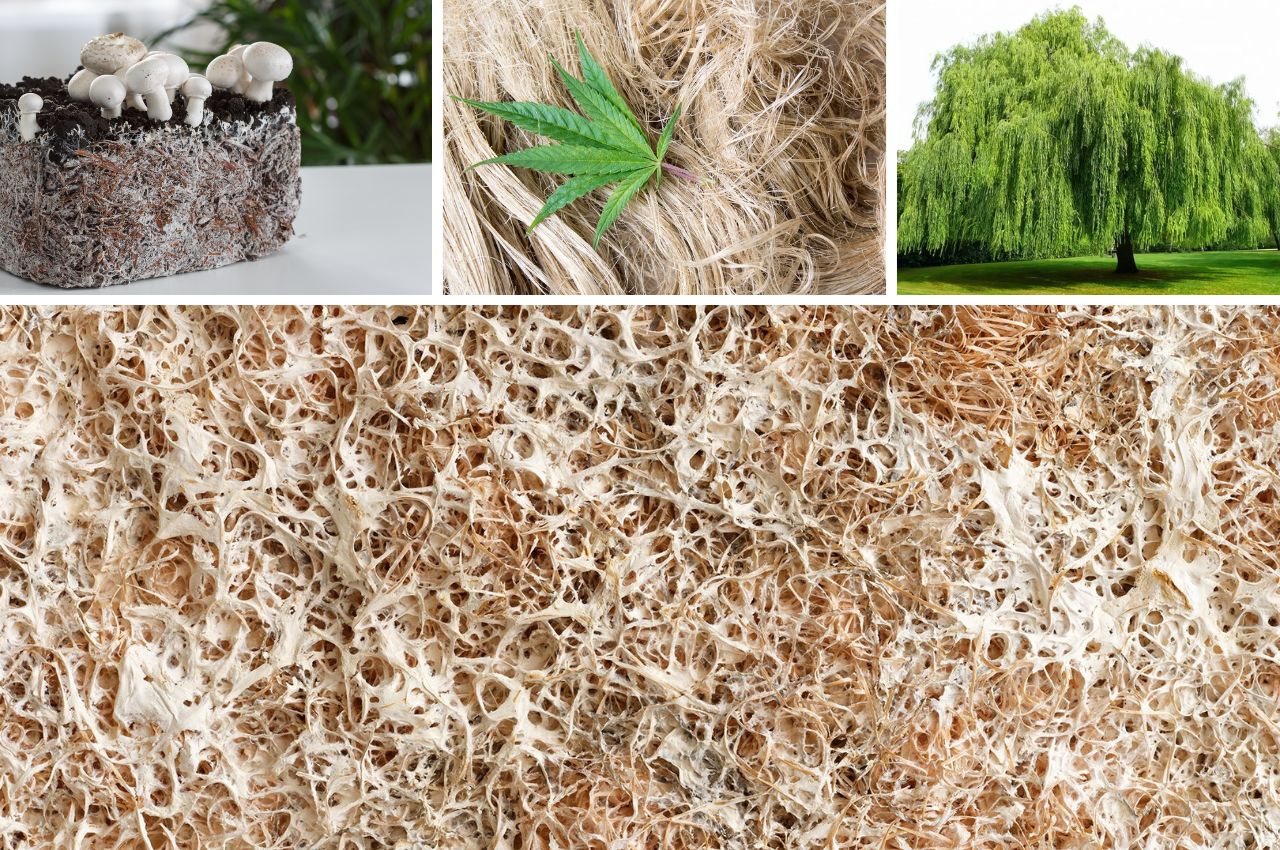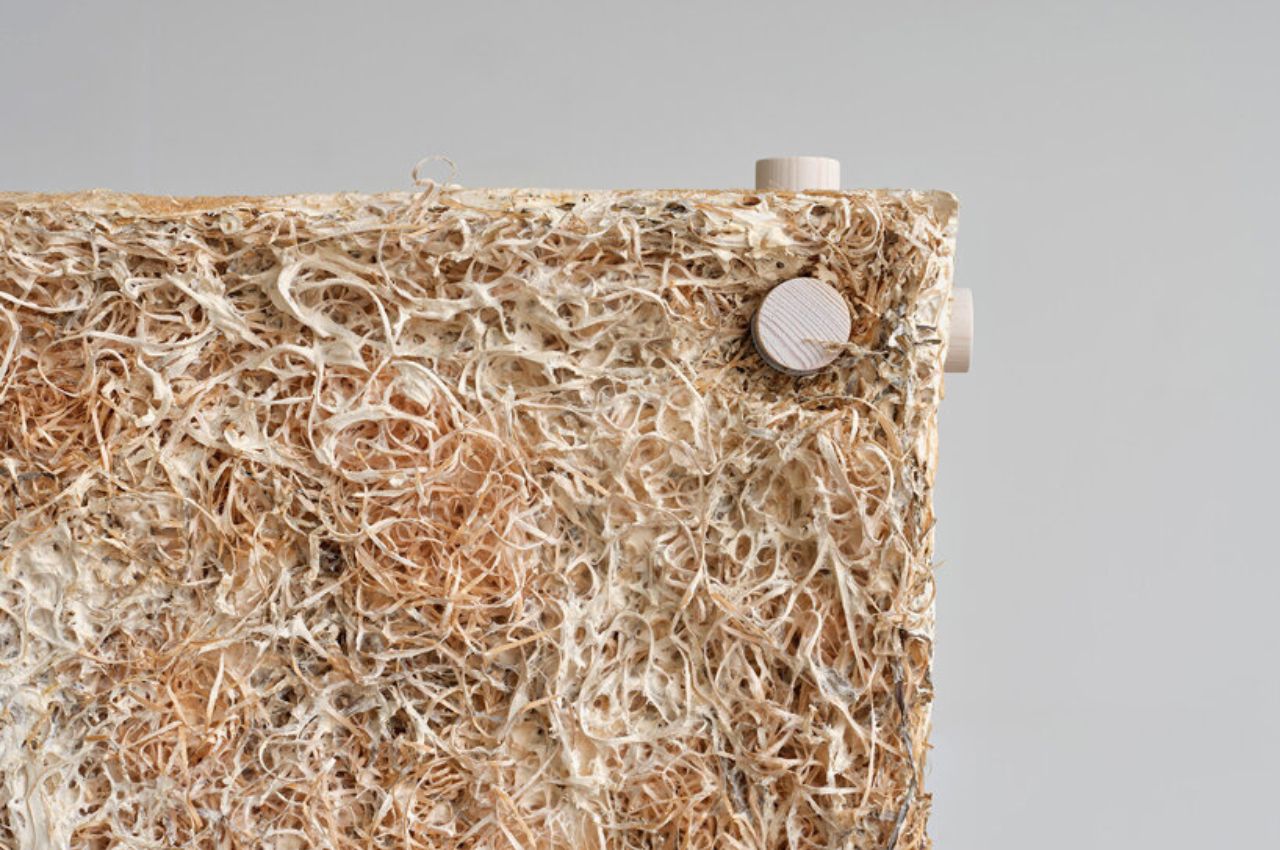
There are a lot of well-designed wheelchairs currently in the market for those who need mobility aids to get around. Most of them use basically the same materials and will have a few differences in terms of features and functionality. A new wheelchair design that is eco-conscious but also aesthetically appealing was recently unveiled and its first beneficiary is one of the most famous people on Earth that needs a wheelchair to get around – Pope Francis.
Designer: Paul de Livron


The Apollo Wooden Wheelchair was designed by Paul de Livron, a French craftsman and designer who has been making his own wheelchair models ever since he broke his spine and had to use wheelchairs back in 2013. He was finally able to create a wooden wheelchair prototype that is eco-friendly and can use locally available materials as well as not so expensive and also not that complex.


Aside from the fact that the materials used are sustainable, the other “superpower” that the wooden wheelchair possesses is that it changes the way that other people will look at those who will be using this unique-looking mobility aid. The wooden aesthetic adds an interesting aspect to something that used to be purely functional and was in fact a source of embarrassment to some of its users.


Early last year, they presented an enhanced prototype of the wheelchair to Pope Francis who has been using a wheelchair to get around because of his constant knee pain. de Livron was actually given piece of wood from the medieval frame of the Notre-Dame Cathedral to incorporate into the wheelchair and he also put in some other religious details to make it a wheelchair worthy for a pope.



The post Wooden wheelchair adds an eco-friendly and aesthetic aspect to a mobility aid first appeared on Yanko Design.
